The Ford Fiesta ST was nearly untouchable as an affordable driver’s car, and the new one is now just months away.
Click here to read our first drive review of the all-new Ford Fiesta ST
The 2018 version is a different beast from its predecessor, though, with the older four-cylinder engine replaced with a three-pot. Since that news came out, there have been questions about whether that lost cylinder would harm the Fiesta ST’s status as the world’s best compact hot hatch. But we’ve not had any hard evidence to go by – until now.
Leo Roeks, the European Director of Ford’s performance car division, is standing underneath the new Fiesta ST, pointing at things. They are all new and interesting things; suspension things, chassis things, drivetrain things, steering things and other things, too. And he’s been pointing at them for about ten minutes now without waving his index finger anywhere near the three-cylinder engine that’s moved in under the car’s bonnet.
That engine has, up until now, been pretty much the only significant mechanical item that we were expecting to be really ‘new’ about this car.
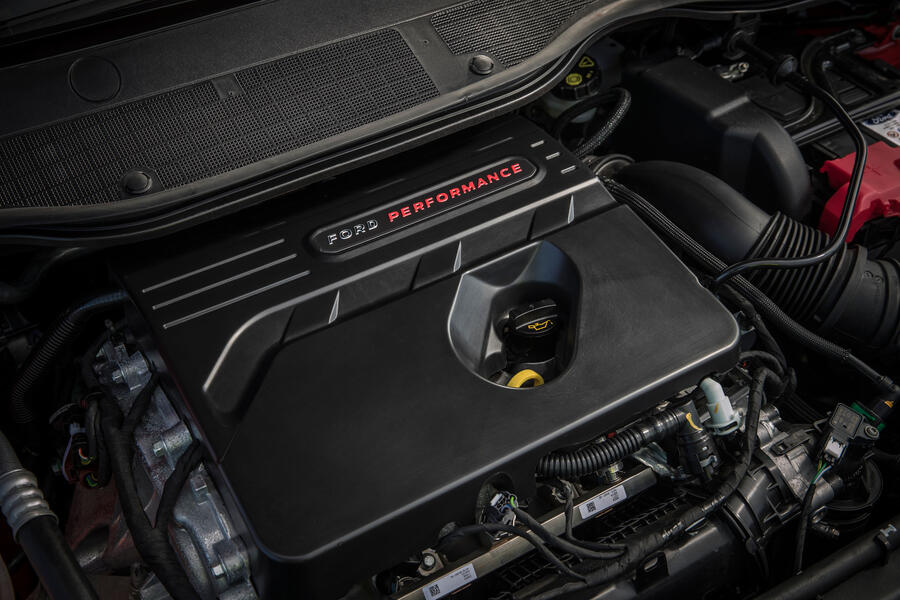
Opinion: will a three-pot do the job for the new Ford Fiesta ST?
But Ford’s cards have been kept very close to its chest, as it turns out, because its PR department plainly understands how best to string out a dramatic narrative when it comes to its most copy-worthy new model introductions. Quite possibly another reason is that Ford was guilty of over-hyping its last big introduction, the current Focus RS, during the protracted build-up to its launch.
Whatever Ford’s motivation for the initial secrecy, it’s gradually becoming clear that the opportunity to dynamically improve a car few would have said needed much improvement hasn’t been passed up. This is evidently a lot more than just a last-gen Fiesta ST with some new panels and a cylinder lopped off.
Starting at the tail end of the car, Roeks prods at the new torsion beam rear suspension (the stiffest fitted to any Ford production car, made of 7mm-guage steel) but then directs attention to the new double-valved ‘selective’ dampers fitted on either side of it, and then to the innovative ‘force vectoring’ bent rear suspension springs just outboard of them.
“We’re quite proud of these,” he says. “When lateral load begins to act on the rear suspension, effectively steering the car from the rear wheels, these springs are clever enough to start to push back. They help stabilise the rear wheels. It’s enough of a difference that we get a measurable benefit on steering precision, but also can afford to soften off the car’s rear mounting bushings for a better ride.”
Clever stuff, if it works as well as he says it does; and assuming it’s a reliable solution.
Vote: what is the greatest hot hatch of all time?
Then, forwards we move. Our man points at structural braces attached under the floor of the car’s body-in-white which, between them, boost chassis rigidity by about 15 per cent.
Steering box next: it’s the quickest ever fitted to a front-driven Ford, at a ratio of 12:1 and with just two turns between locks – “but its gearing is fixed and its response rate is linear,” says Roeks. Ford experimented with variable-ratio steering (quicker off-centre than on it) and even fitted it to the last-generation Focus ST, but Leo says it has now concluded “a changing rate of response tires the driver very quickly.”
He adds: “You probably wouldn’t notice it at the time, but a fixed-rate steering system is so much more natural and intuitive that it’s a lot easier to use. You never have to second-guess it.”
Outboard of the steering box, the new Fiesta ST has a front axle track that’s 10mm wider than that of the standard Ford Fiesta and 48mm wider than the old car’s.
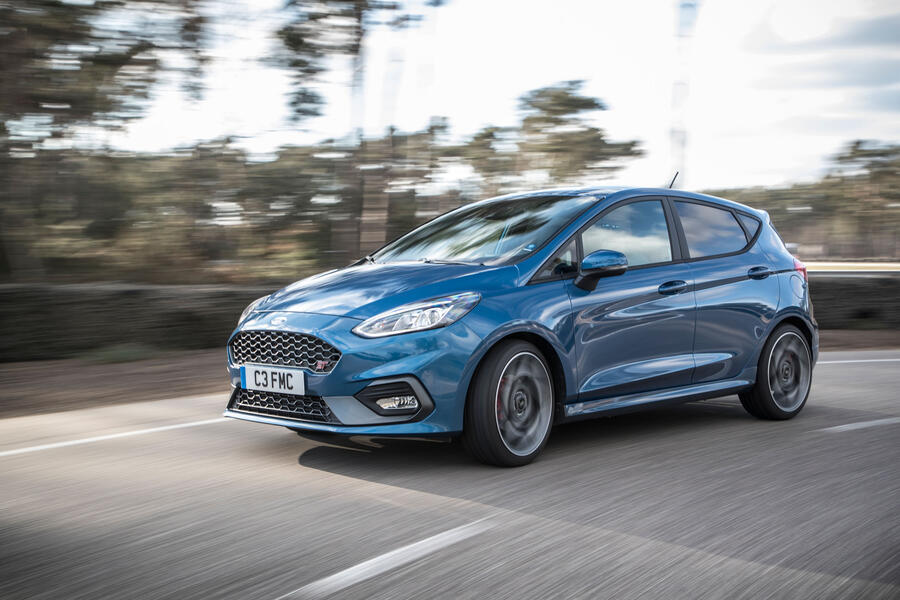
It has special front hubs for the first time, which has allowed Ford to lower the car’s ride height without lowering its front rollcentre height more than they’d like to. And, you’ve guessed it, there’s a helical limited slip differential available for the car. It’s a Quaife component, and it won’t be standard – but it does mean that the car won’t be stuck with an open diff at a hot supermini fight to which an increasing number of combatants are now coming armed with proper mechanical LSDs.
And what about that engine? Moving from four cylinders to three, the Fiesta ST’s engine has only lost about 100cc of displacement. Its peak power and torque outputs (197bhp, 236lb ft of torque on overboost) are exactly as they were, while engine weight has decreased slightly.
Opinion: Why the Ford Fiesta ST deserves to be a hot hatch hero
The new ST is two tenths of a second quicker-accelerating to 62mph than the old ST200 was, no doubt helped by that limited slip diff, a launch control system and a fairly sticky set of Michelin Pilot Super Sport tyres (Pilot Sport 4 rubber was planned for the car originally but didn’t produce the grip level Ford’s development team wanted).
But the big advantage brought by this new engine is on efficiency and emissions. Carbon emissions tumble from 138g/km to just 114. And part of the gain is delivered by an ingenious cylinder shutdown system that makes this the only automotive engine in production capable of switching from three cylinder operation to two – under light load.
Introduction over, it’s time to get a feel for the dynamic improvements made to the Fiesta ST with a few laps of the infamous ‘Track 7’ handling route at its Lommel proving ground, to be found about two thirds of the way along Belgium’s northern border with the Netherlands. The wiggly course is just the right sort of place to tease a near-perfect adjustable handling balance out of a front-driven performance car – as history has proven on more than one occasion.
David Put, vehicle dynamics specialist for Ford Performance and Blue Oval lifer, is now our guide to the car. He chatters away enthusiastically while nipping the car’s nose neatly and smoothly into each variously tightening, plunging apex. He uses the car’s throttle and brakes to ever-so-delicately juggle its mass between its front and rear axles, making that slippy diff earn its keep as he exits each bend, but also cueing up momentary slides of as little or as much attitude as he fancies almost at will – and tidying them up just as easily.
The last time I saw him having this much fun around these very corners was two-and-a-bit years ago, in a four-wheel drive Focus RS prototype. It would certainly seem that he’s managed to preserve every bit of that last Fiesta ST’s remarkable, playful handling poise – which was second to that of absolutely no other car of its ilk, in this tester’s experience.
What else is obvious from this side of the cockpit? The car’s ride seems quite a lot softer and calmer than it was – and deliberately so.
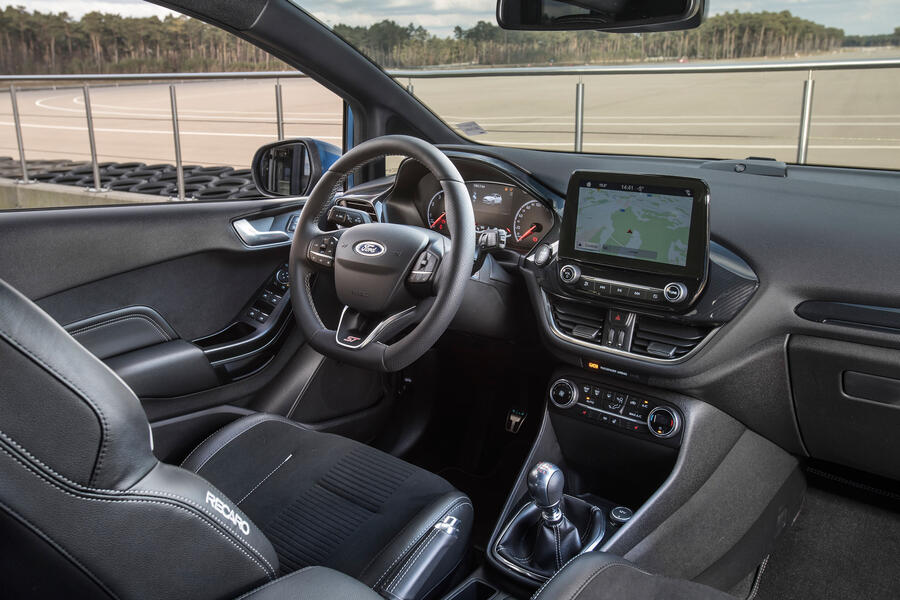
“We know how firm-riding the last ST was, and we loved it,” says Put, “but we wanted a more rounded, supple tune for this one. Last time out, we focussed squarely on the damping to create most of the car’s sporting character; this time, we’ve leant more on the steering and rear axle response. At times I think it’s too soft, but most of the time I’m really happy with it. And it works great on the road.”
Put’s equally interesting on what makes Ford’s hot hatchbacks that much better balanced than those of their competitors – and there’s not really any voodoo involved. “We’re pretty much the only manufacturer willing to run with firmer settings on the rear axle than the front,” he says.
“There’s a rig we use to benchmark and measure competitor cars, and all of them turn out to have firmer front axles than rear, which creates a bit of roll-understeer. It’s as if, everywhere else, they’re afraid of oversteer.”
“We like to work with it,” Put goes on, “which is why this car is firmer at the rear than the front, and the current Focus RS is too. Because you can’t tune out oversteer completely; sooner or later, you have to confront it – and we like to use it, to make it controllable. I also think, if you don’t to do that, you end up with a really f*cking boring driver’s car.” Masters of understatement, the Belgians, aren’t they?
Anyway, that’s definitely not what he’s got in this car. As Put buries the accelerator out of the track’s final corner for another go-round, the car’s engine warbles its new, three-pot song. It feels smooth: “It’s a little bit slower to settle down from high revs,” Put says, “because of the heavier flywheel; but it’s smooth.”
Reminds me a bit of the original Focus ST’s five-pot, though it’s revvier.
And that’s it: I’m not going to guess at the rest of the driving experience picture, because it’d be wasted effort. Moreover, we’ll only have to wait until May to drive this car ourselves. We were already favourite, at the point, to be driving a class-leading hot supermini; and after this acquaintance, I’d say we’re odds-on.
Three into two: How a three-cylinder engine runs on two
A hydraulically actuated solenoid isolates the induction and exhaust valves for the middle cylinder of three in Ford’s new 1.5-litre Ecoboost Fiesta ST engine when it’s running between 1200-4500rpm and under light load, effectively switching it off.
The really clever bit, however, is what Ford does with the engine’s fuelling and valve timing in the milliseconds immediately before and after the shutdown in order that you don’t feel any roughness or interruption to combustion.
From the car’s passenger seat, while I could just about hear the difference in combustion noise as the engine switched, I certainly couldn’t feel any difference.
The four-stroke cycle is interrupted in that middle cylinder just after the combustion stroke has run, and the exhaust and intake valves closed so as to trap hot exhaust gas inside the cylinder. That gas creates pressure on the piston as it is compressed and expands, and so very little extra work needs to be done by the two operating cylinders in order to compensate, and no unwanted oil is dragged up into the cylinder.
Ford estimates the cylinder shutdown technology is worth a 6 per cent improvement to fuel economy on the new WLTP cycle, and will be fitting it to its 1.0-litre Ecoboost motor.
Read more
Opinion: will a three-pot do the job for the new Ford Fiesta ST?
Vote: what is the greatest hot hatch of all time?
Opinion: Why the Ford Fiesta ST deserves to be a hot hatch hero
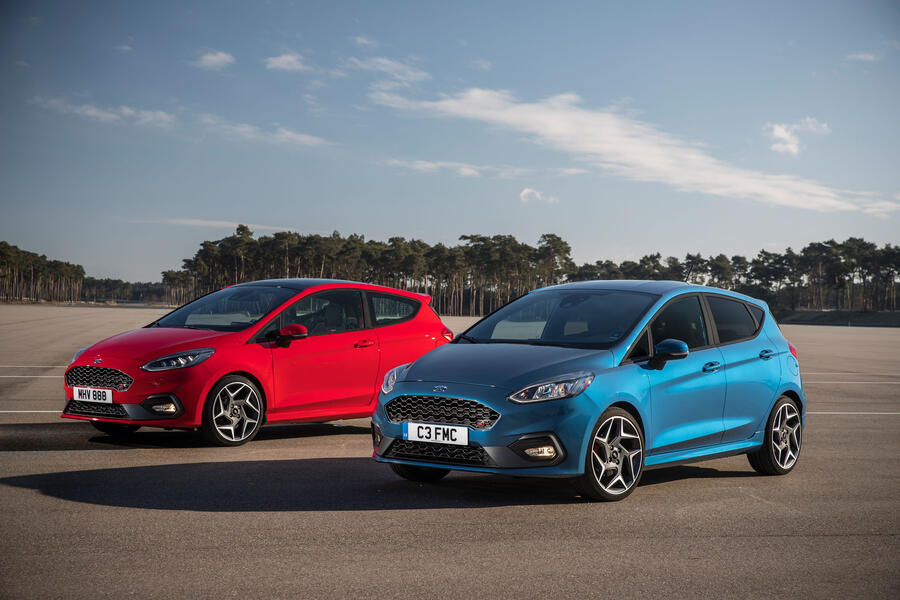

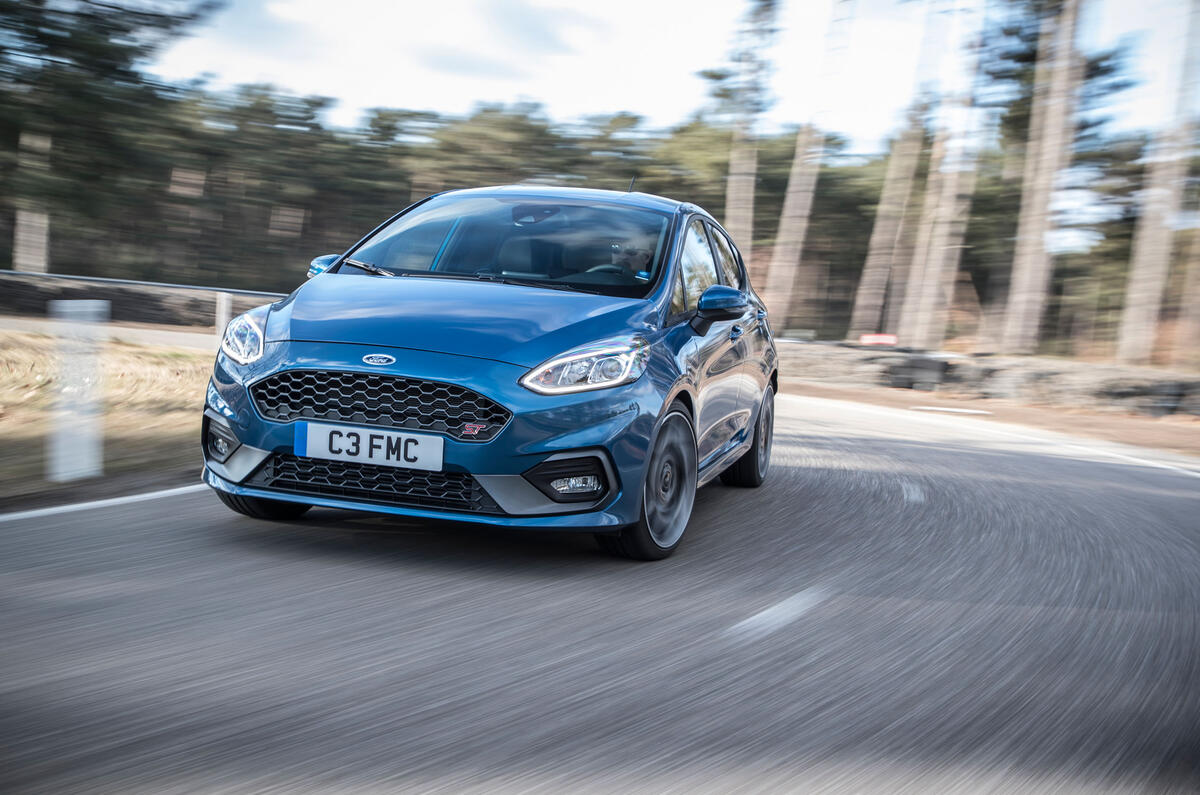
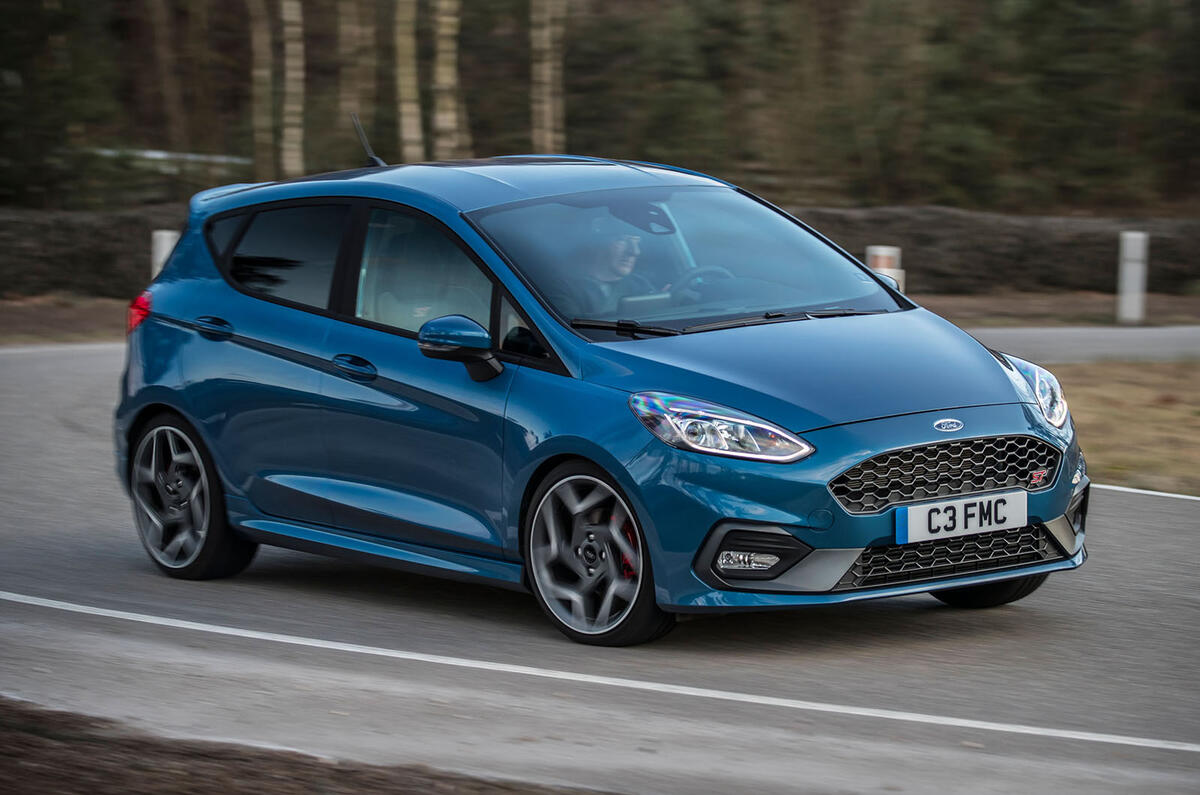
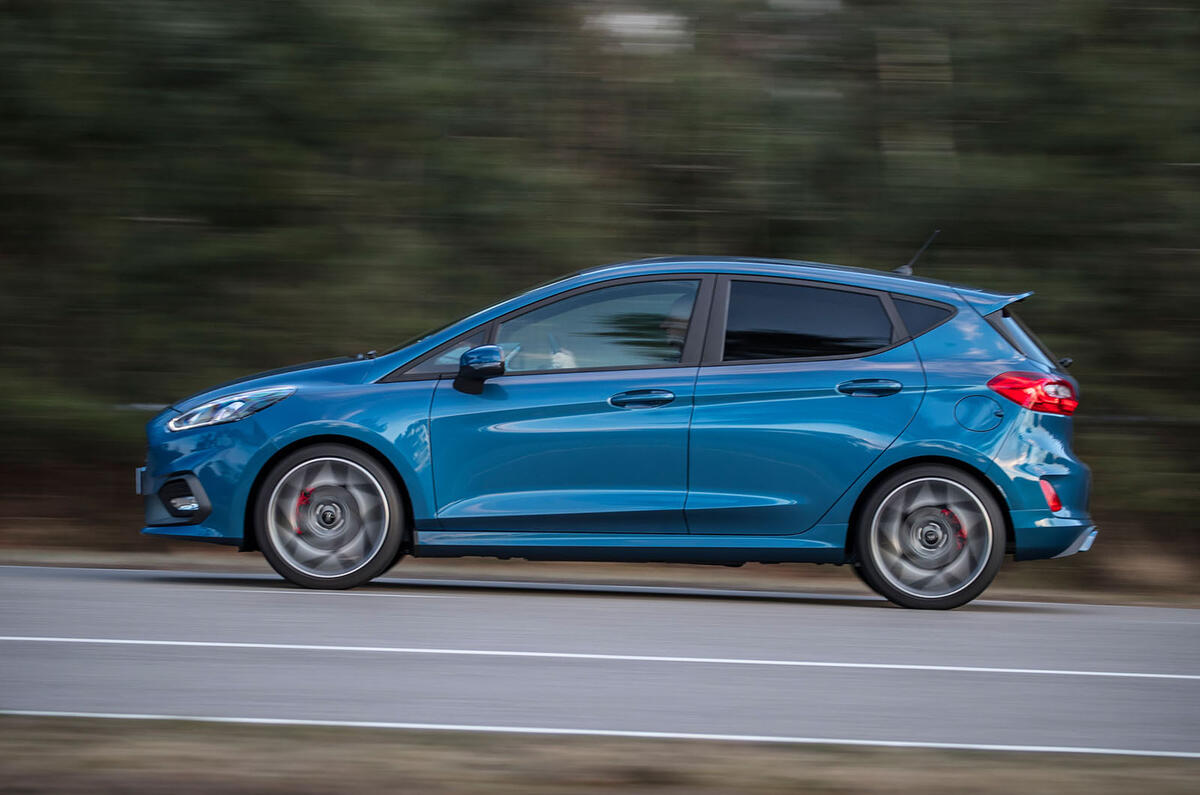
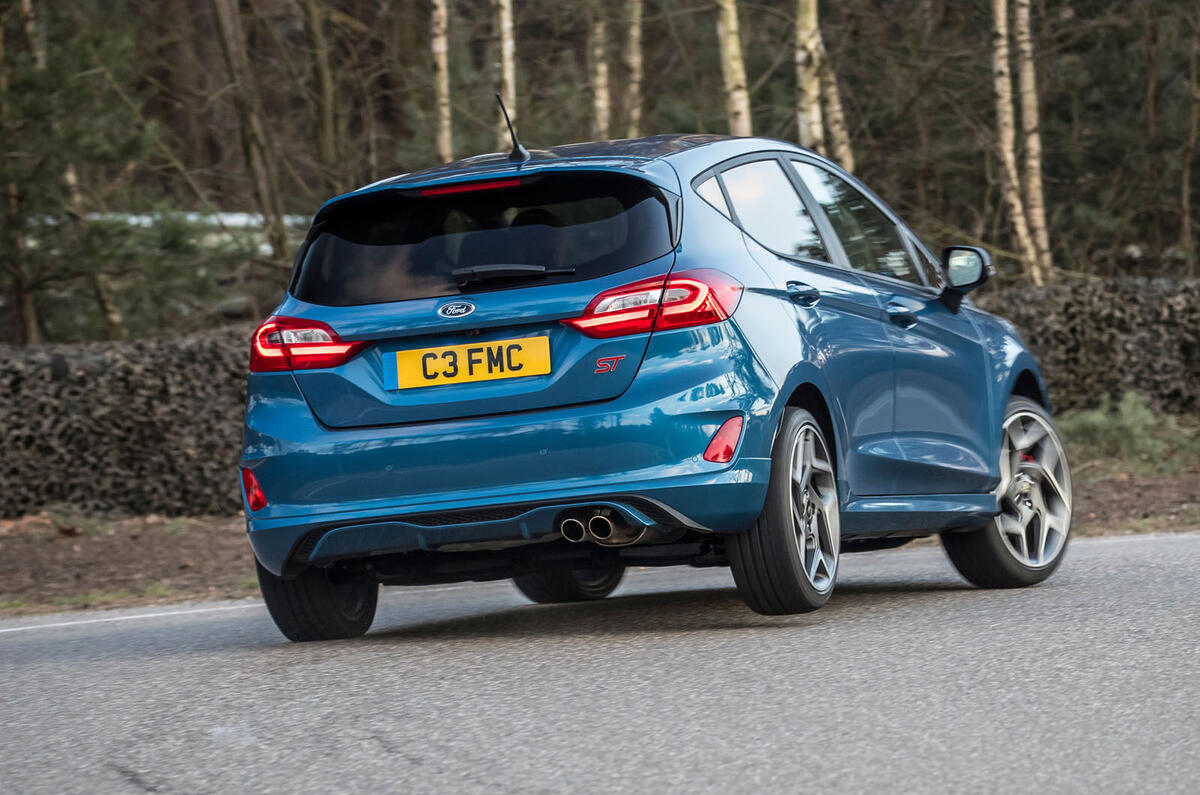
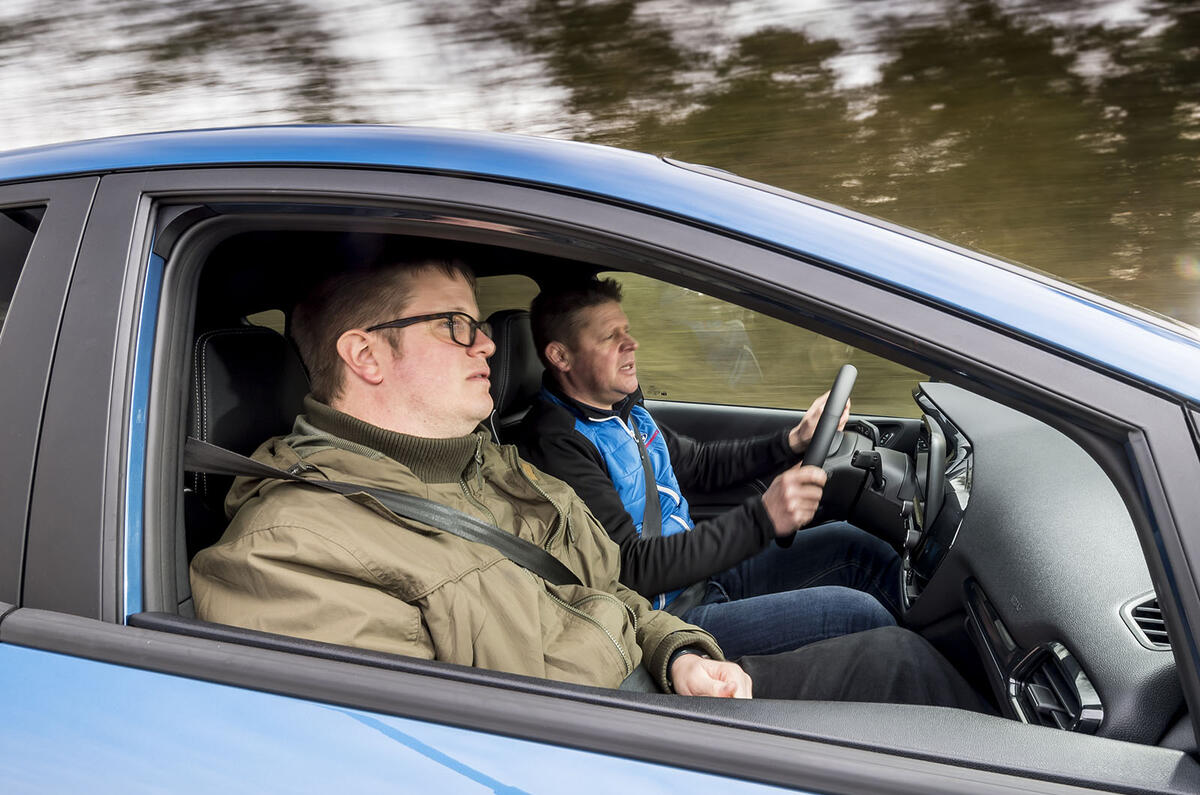
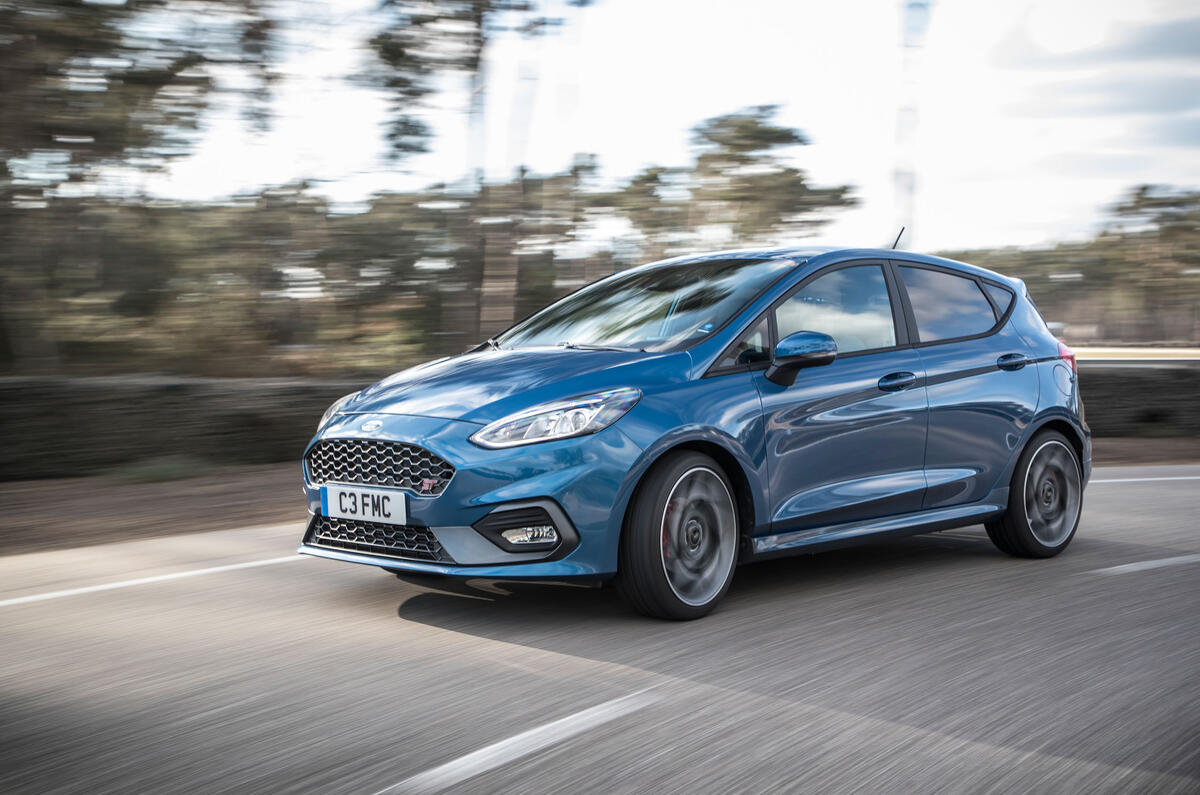
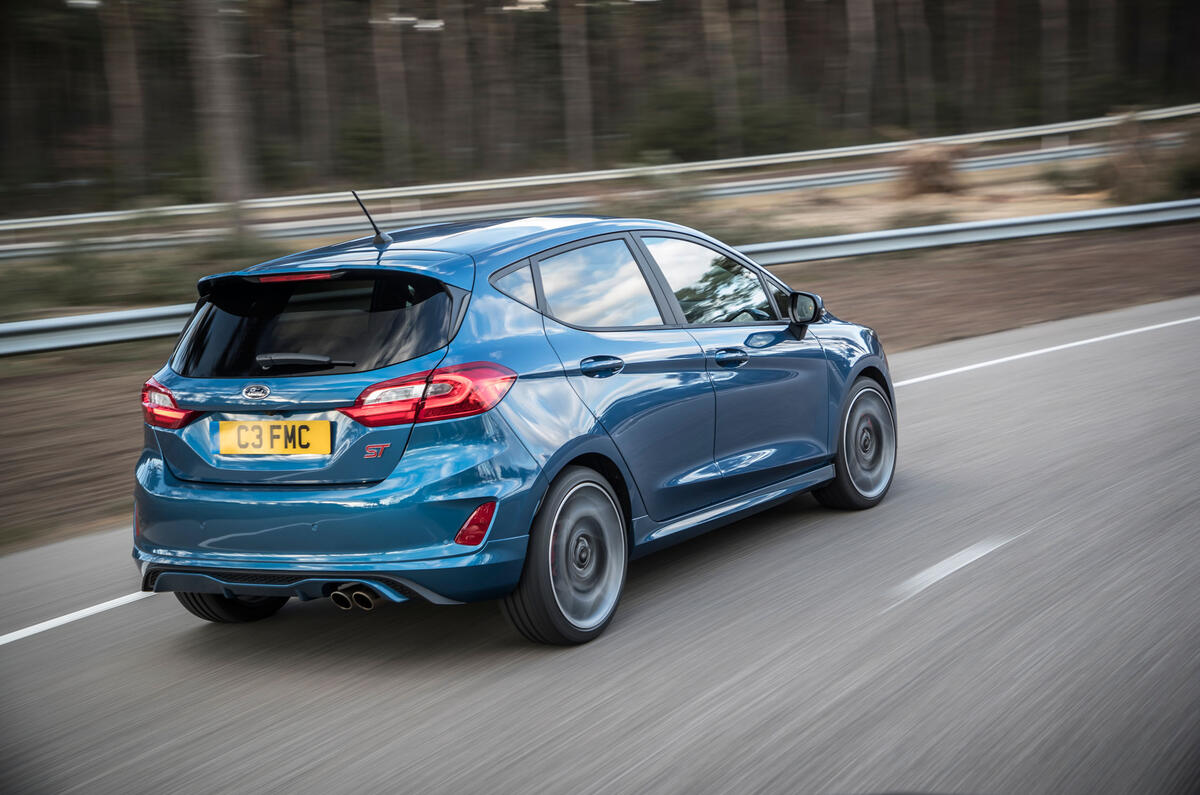
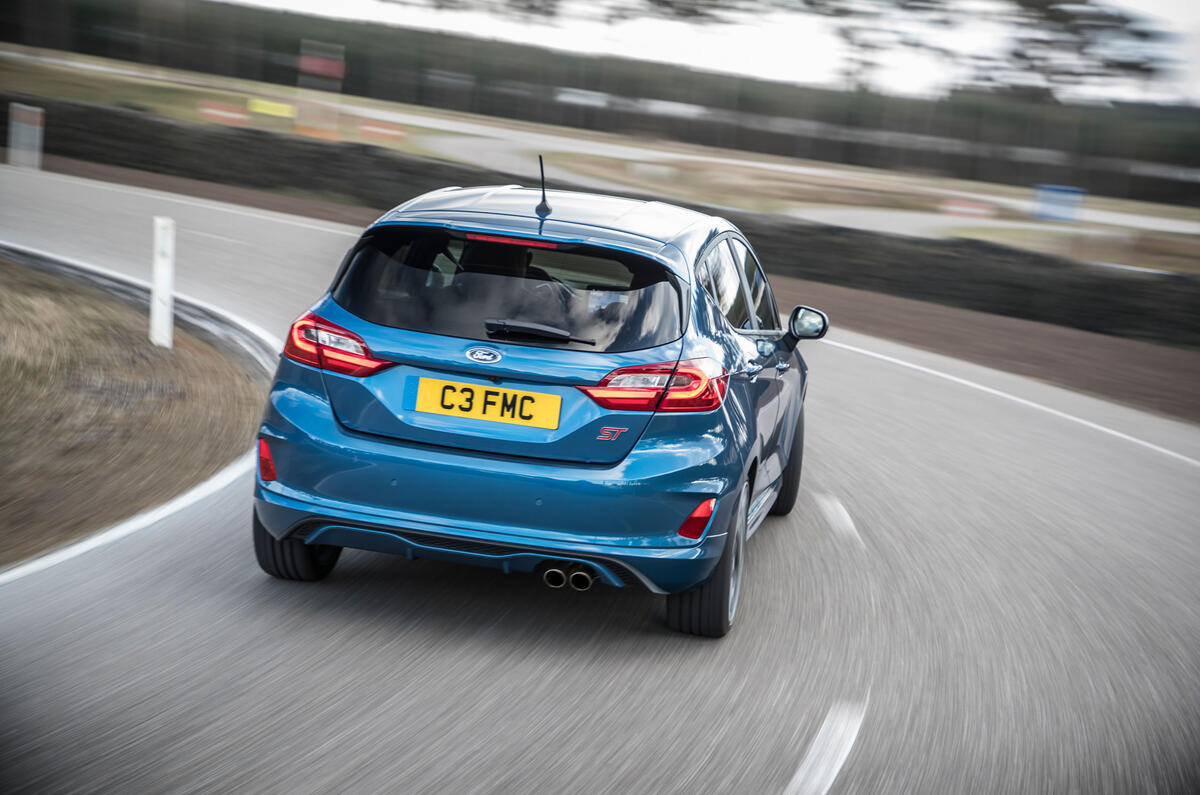
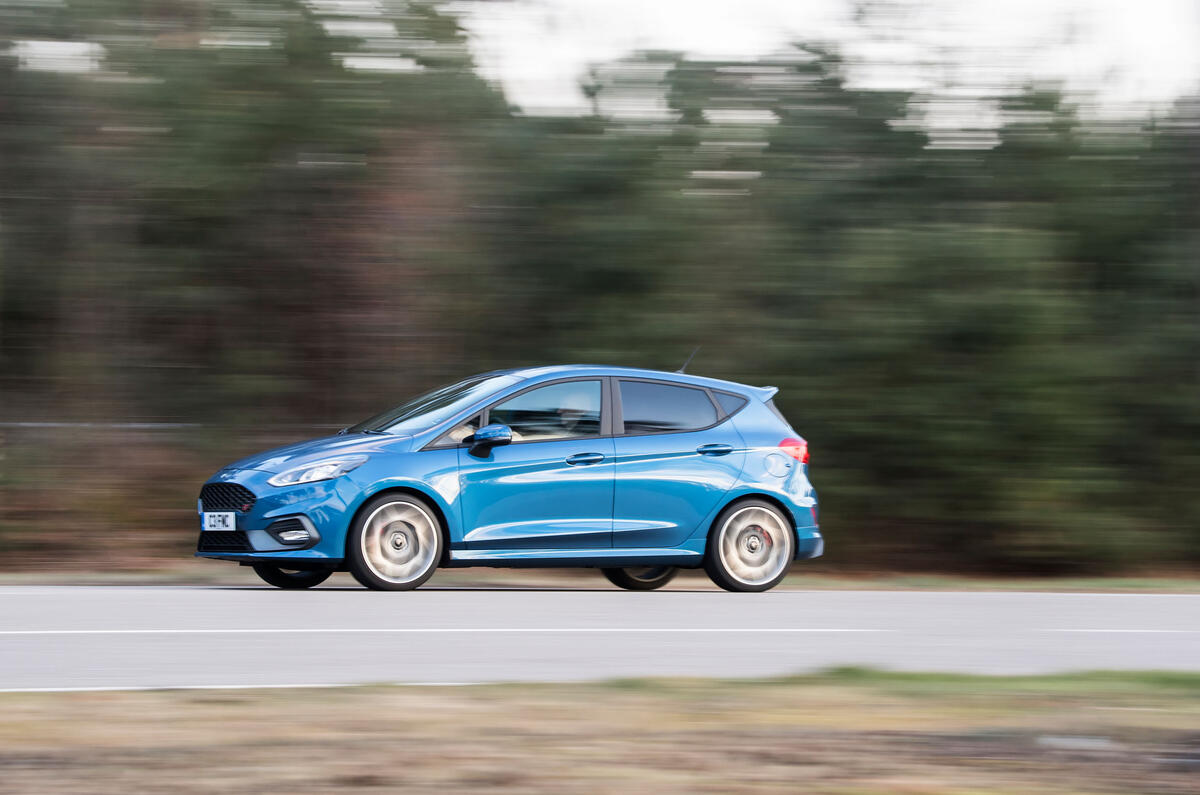
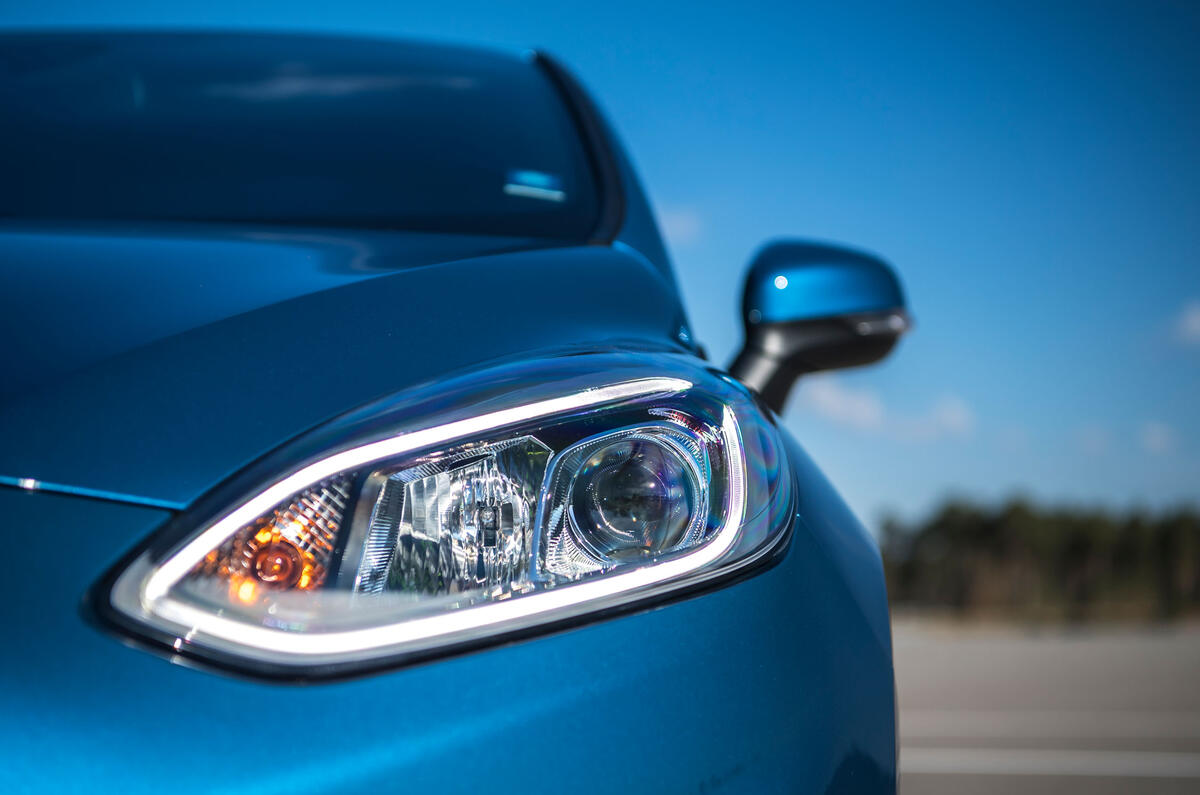
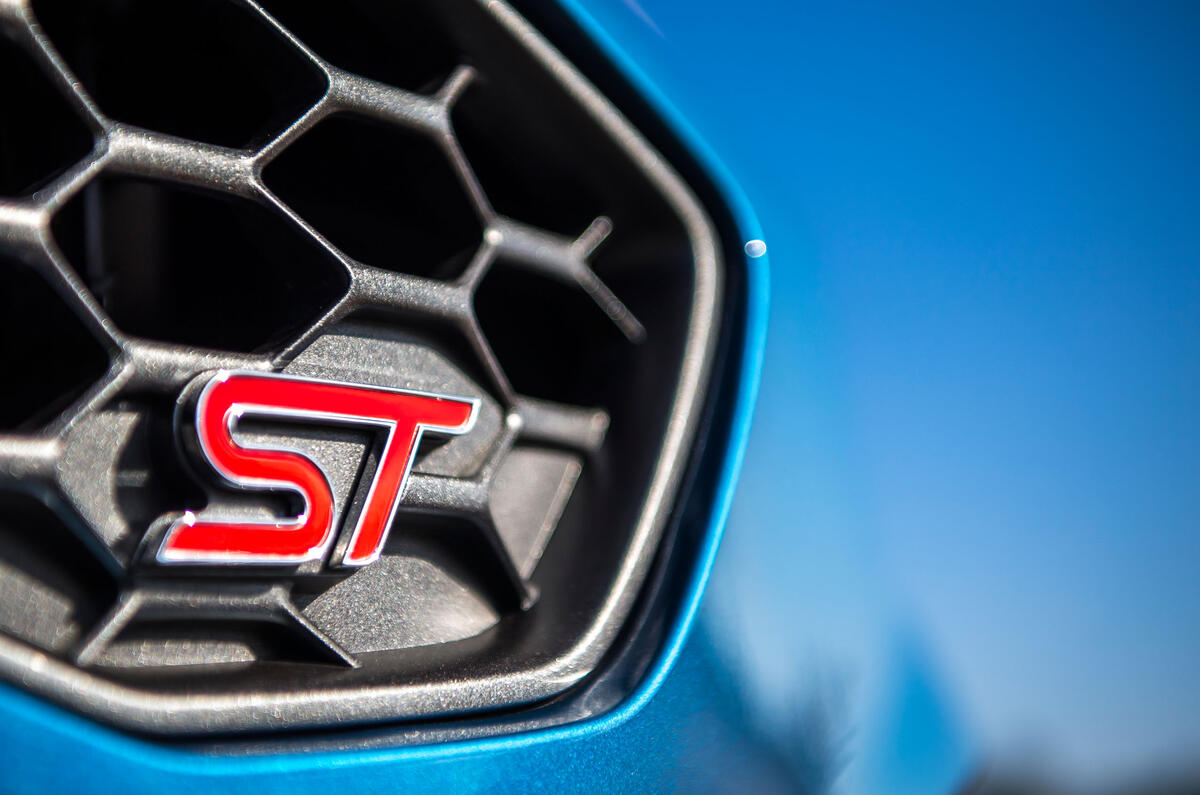
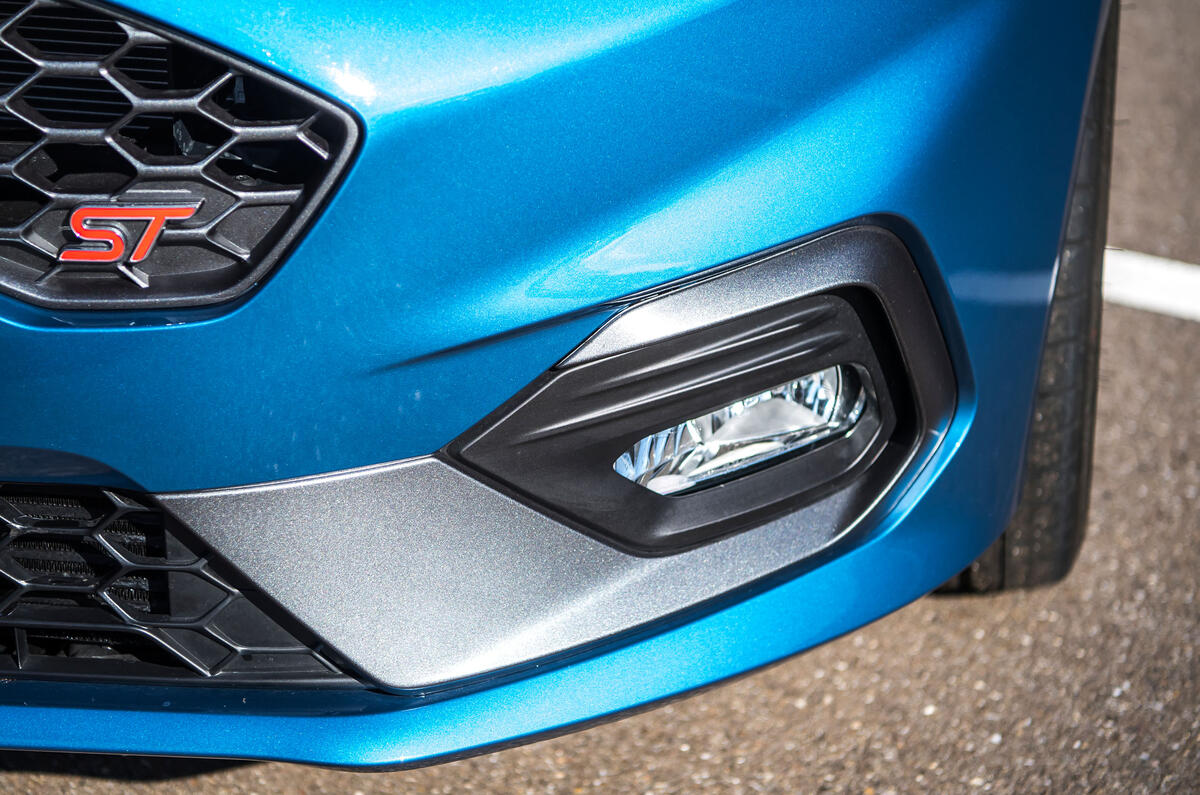
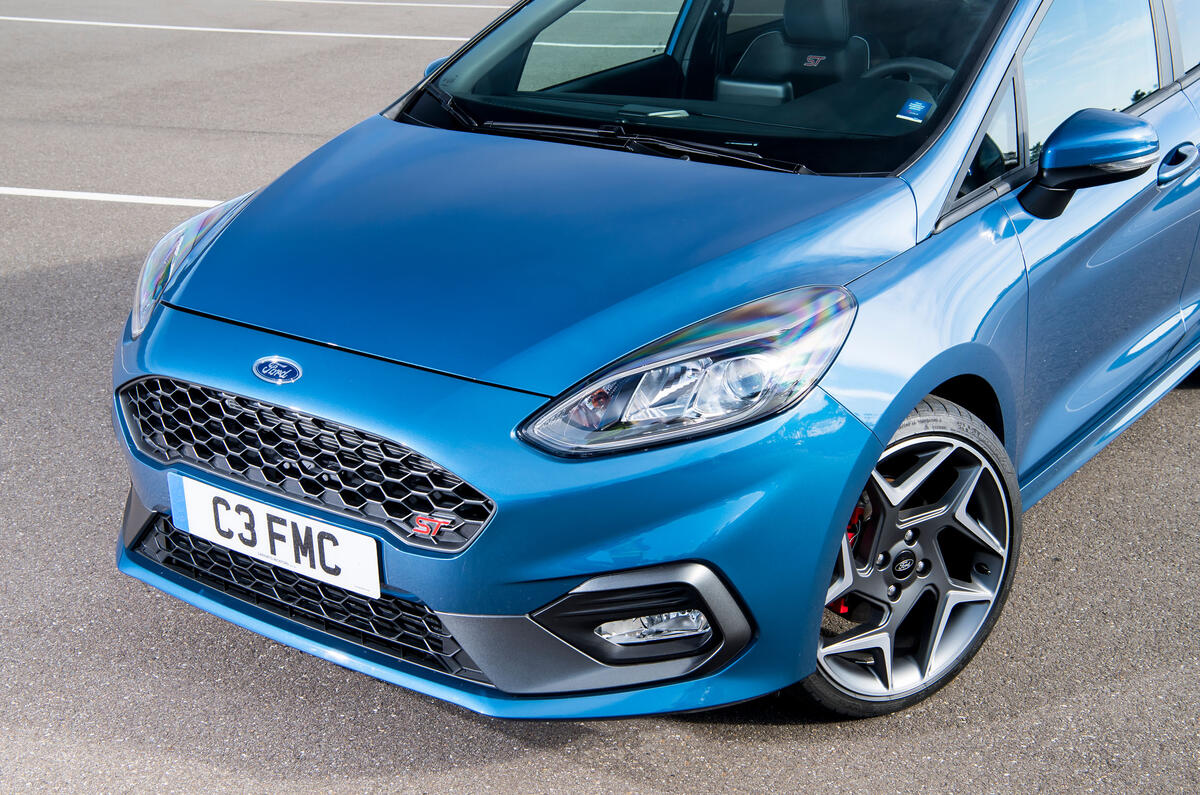

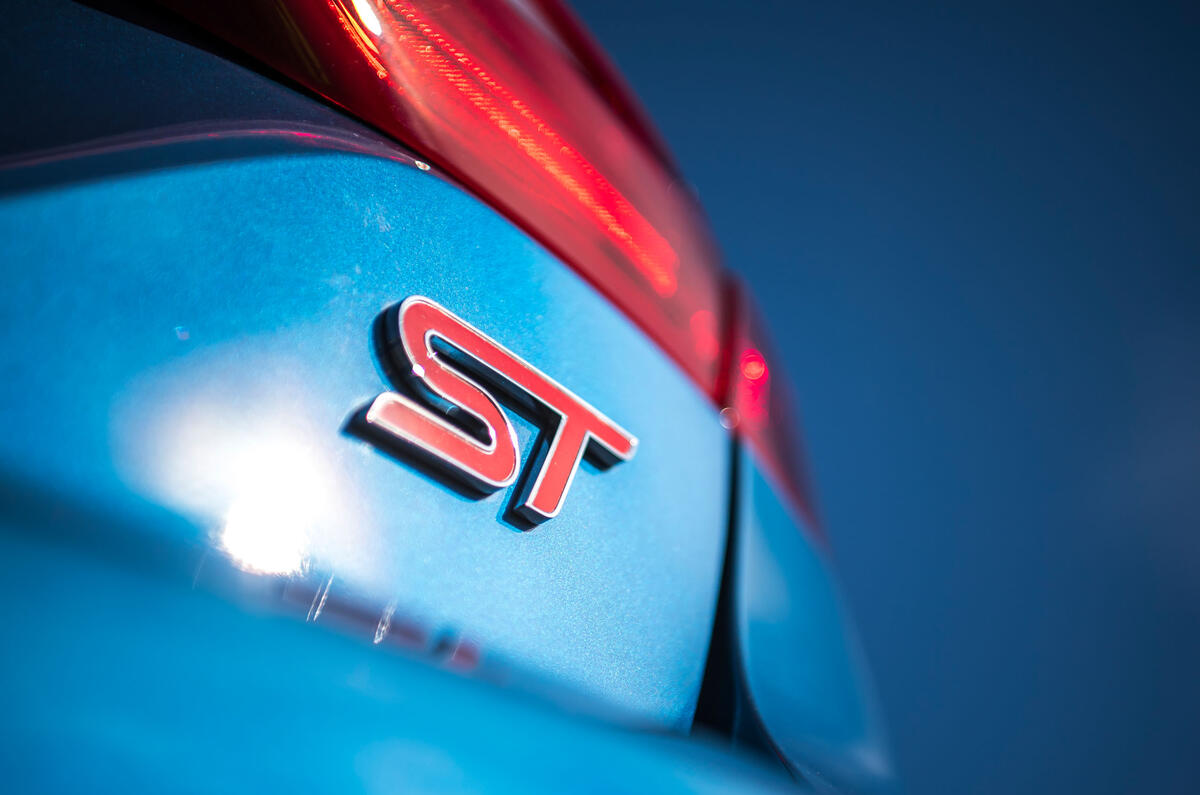
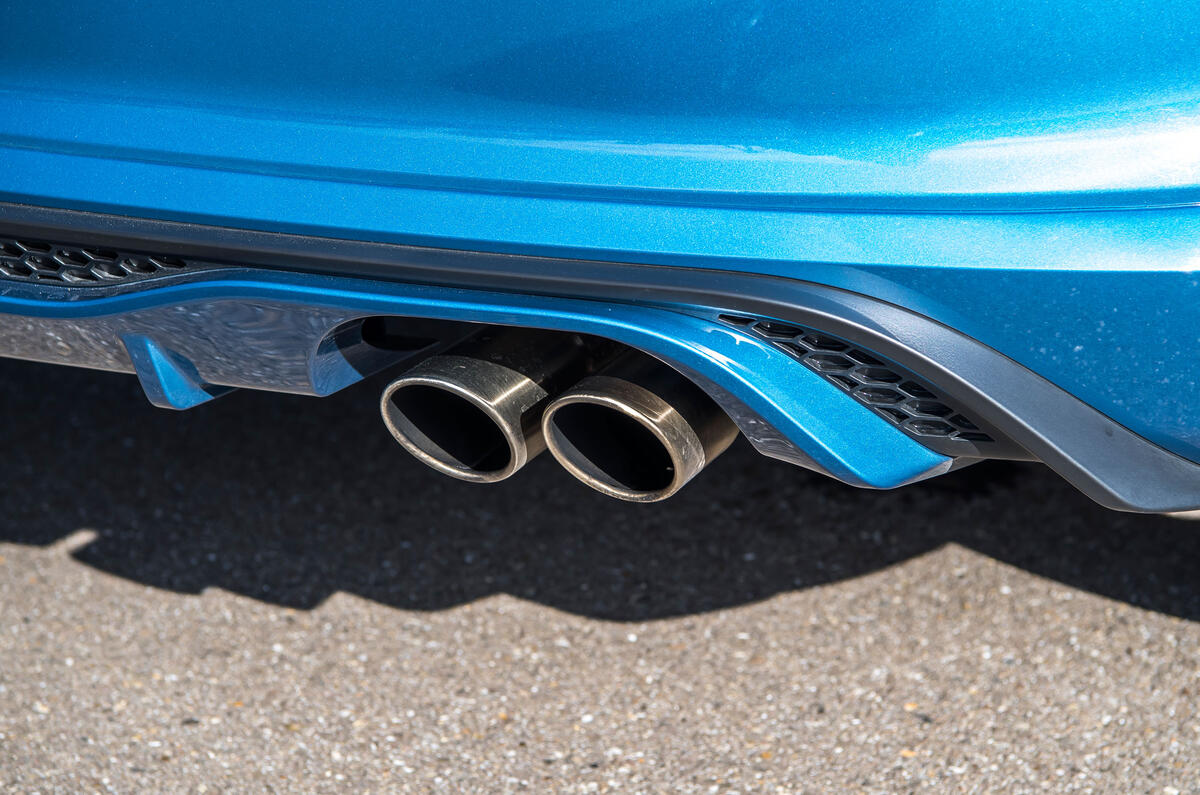

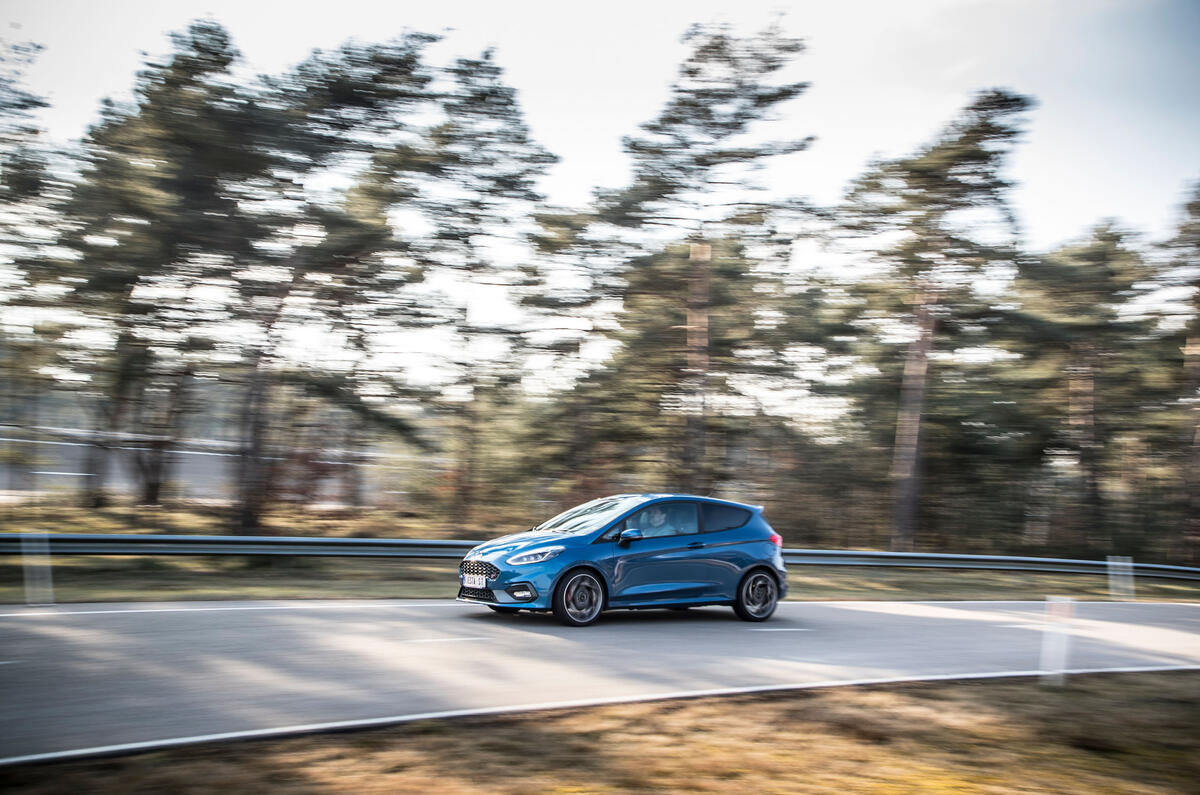
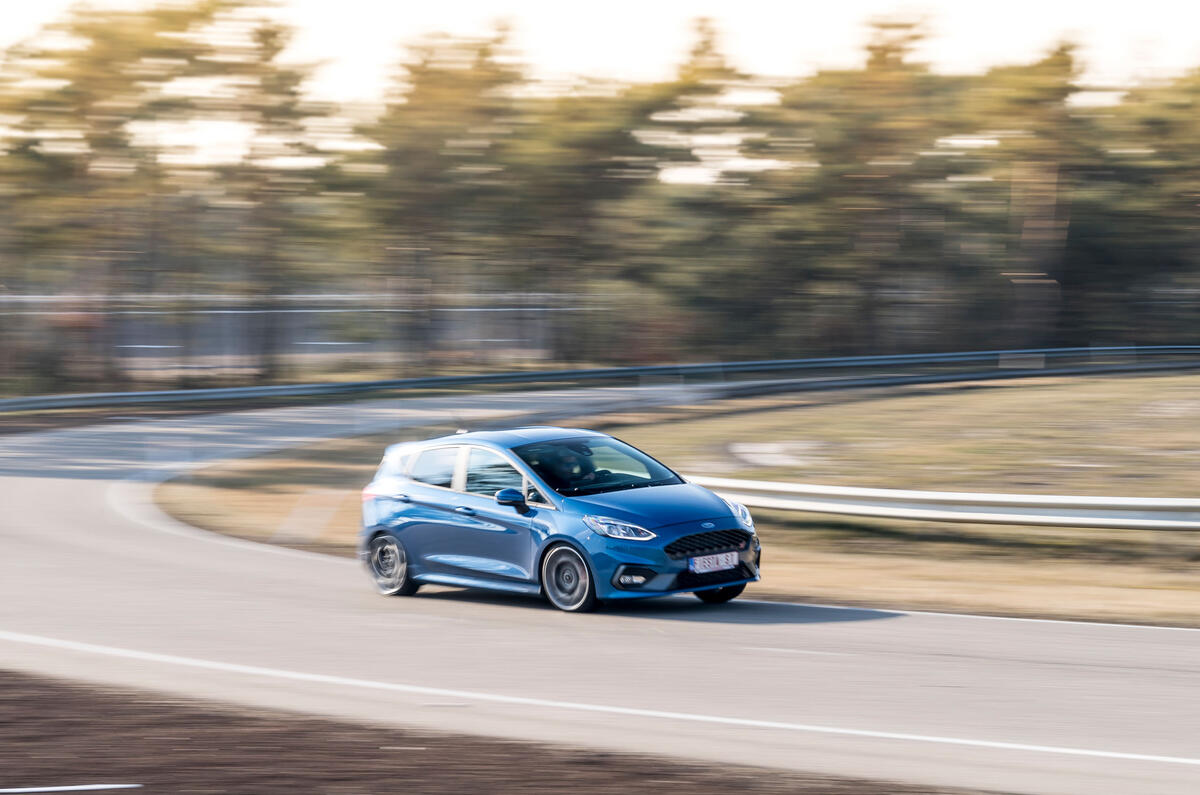
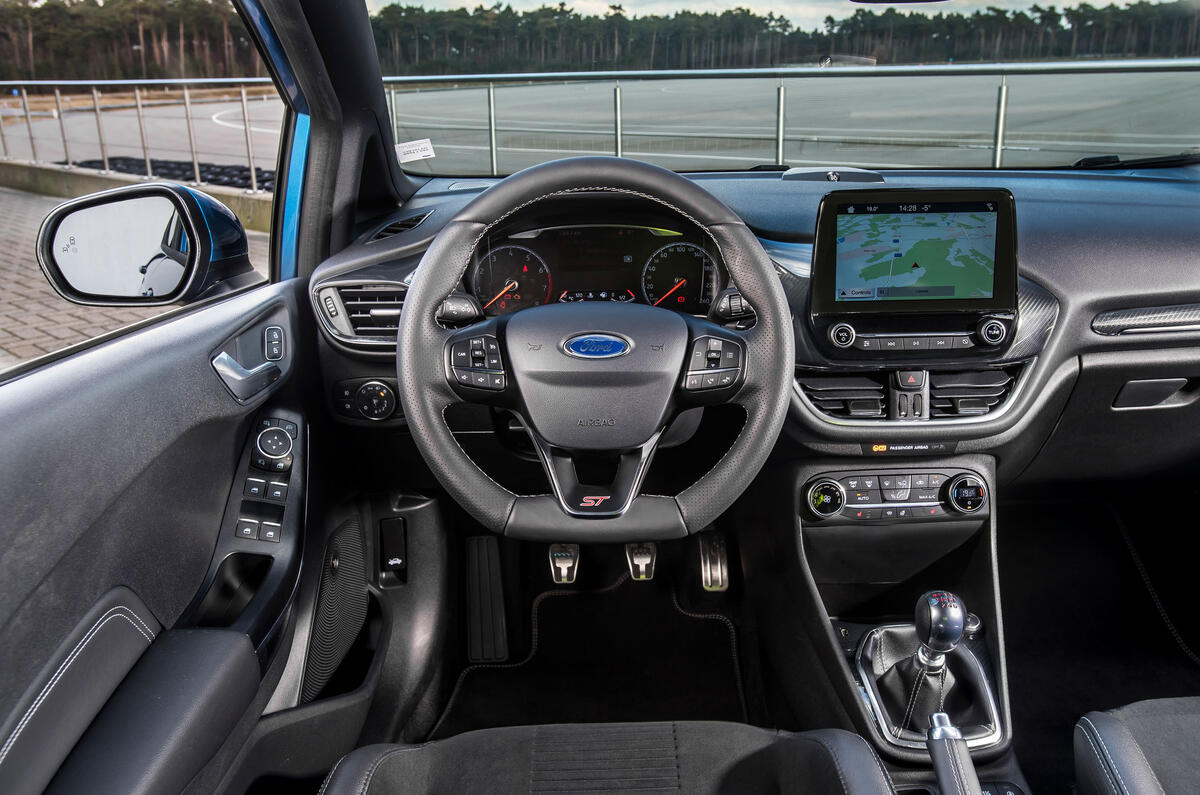
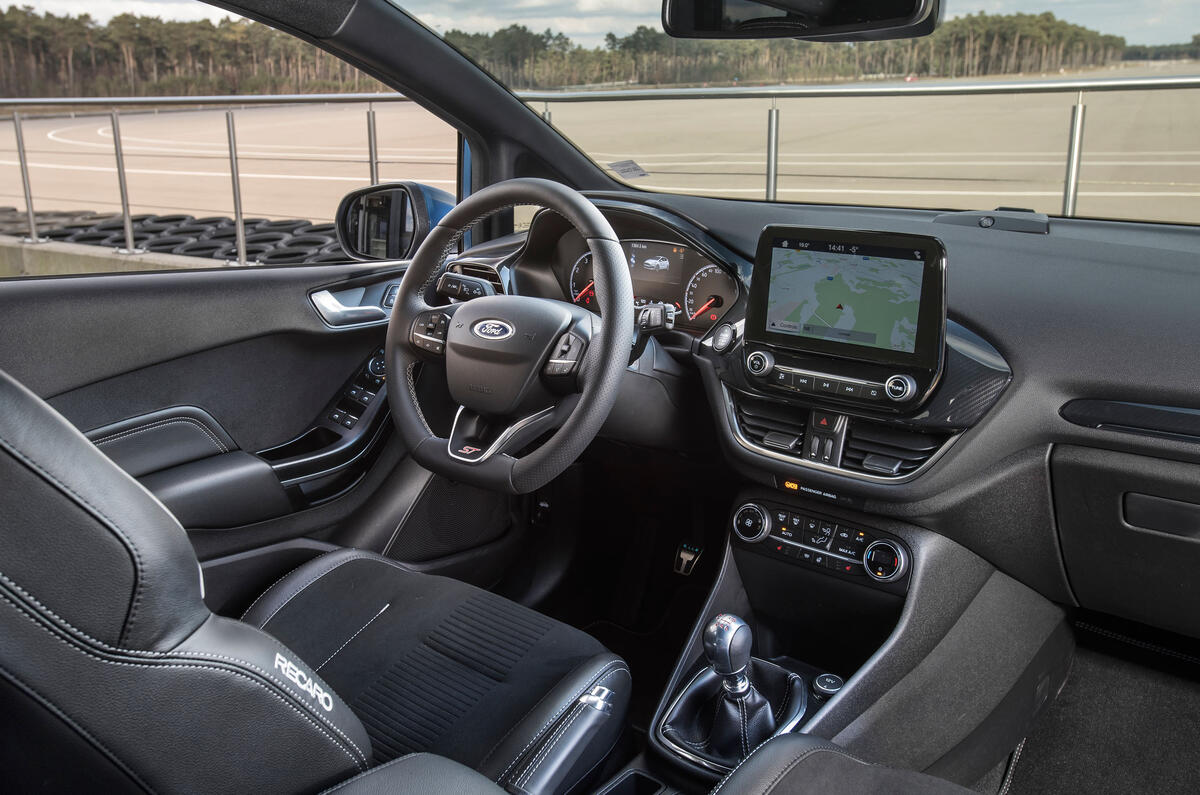
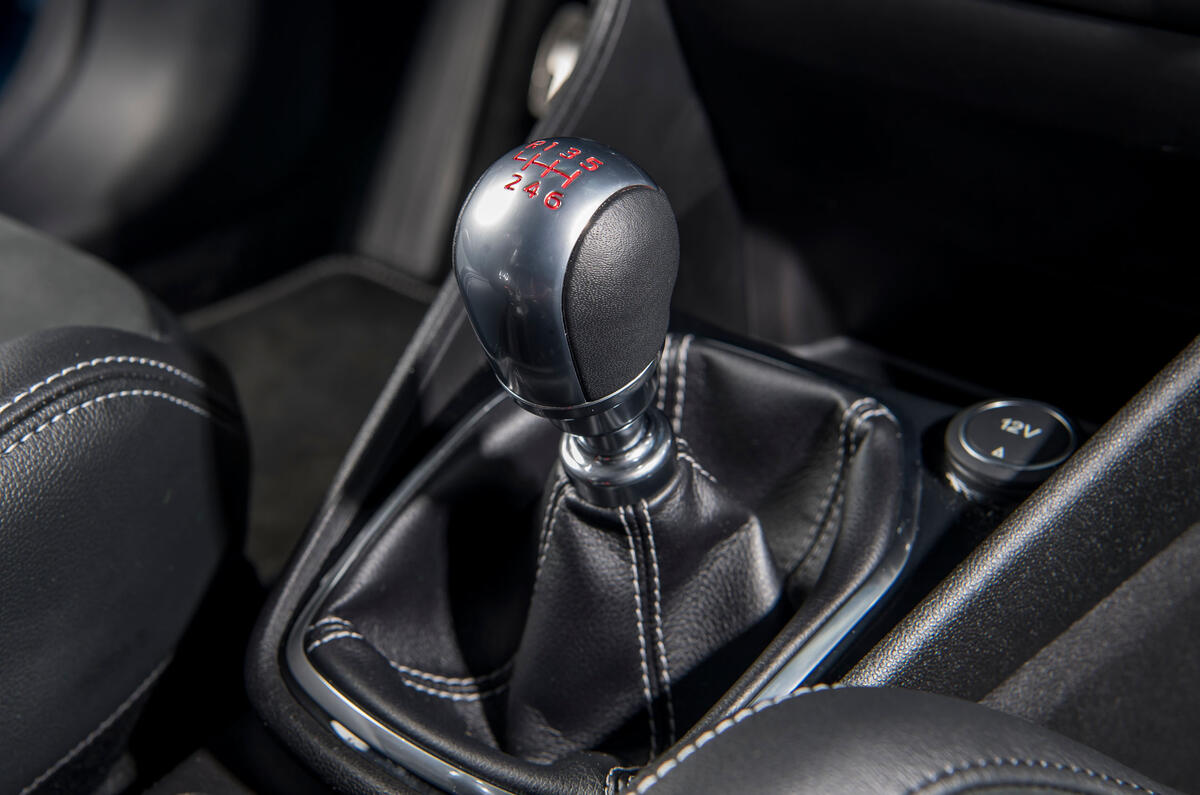
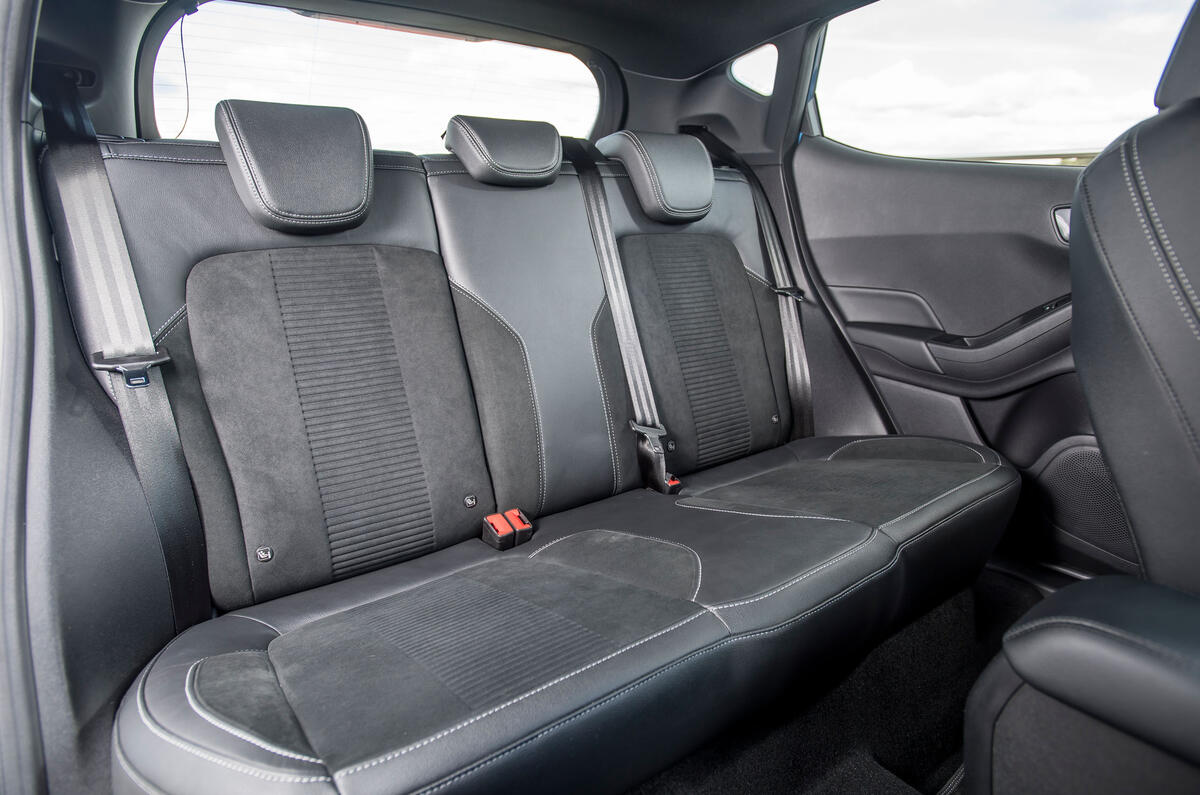
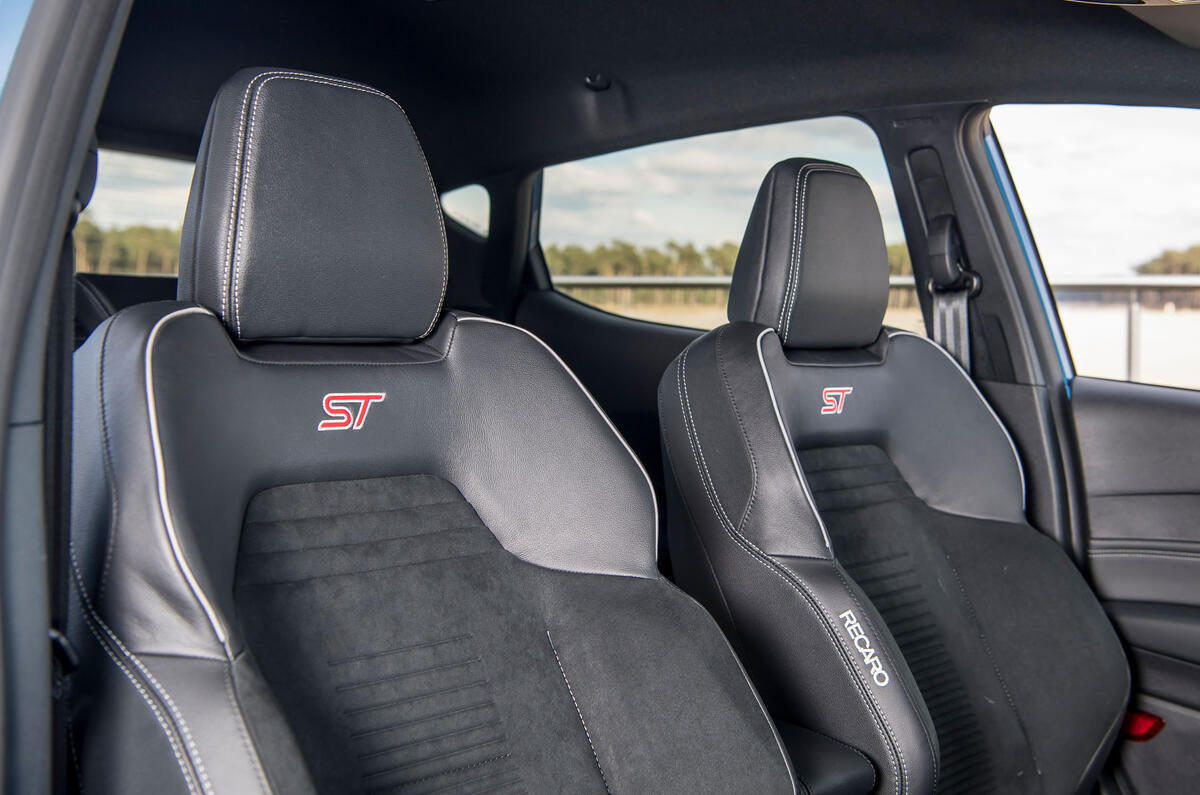
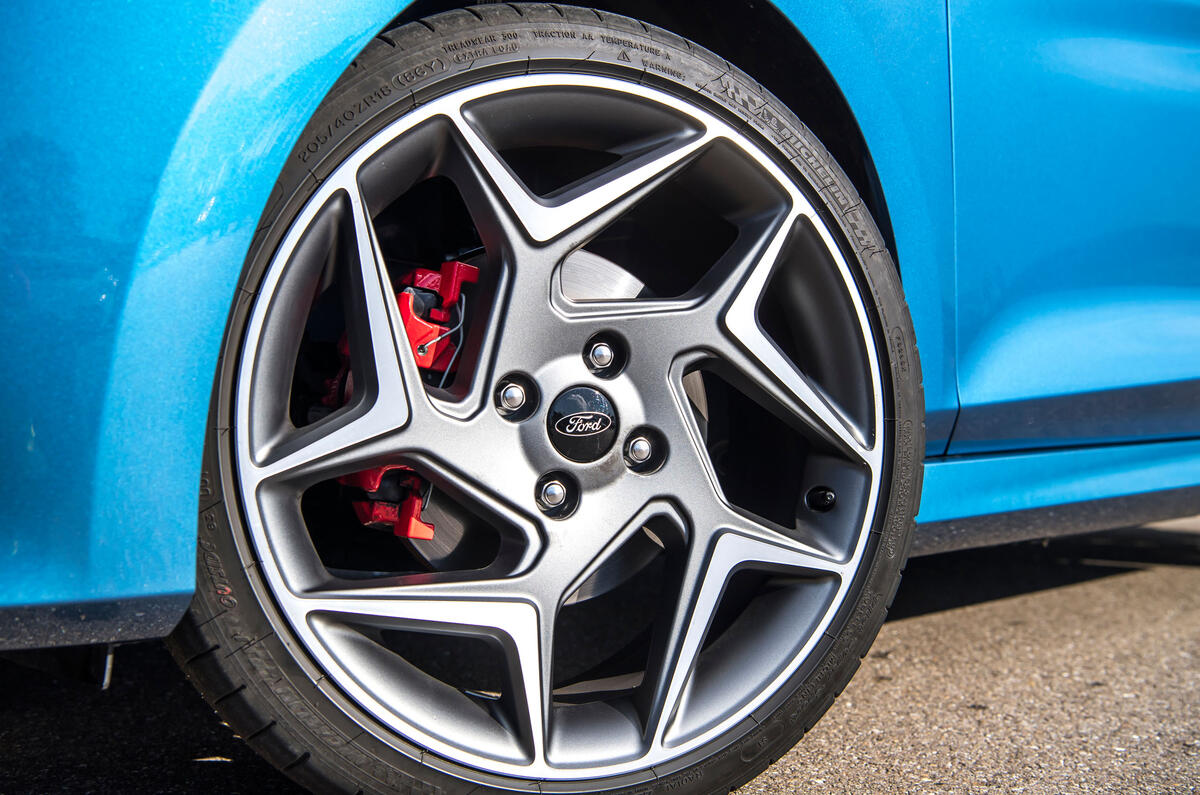
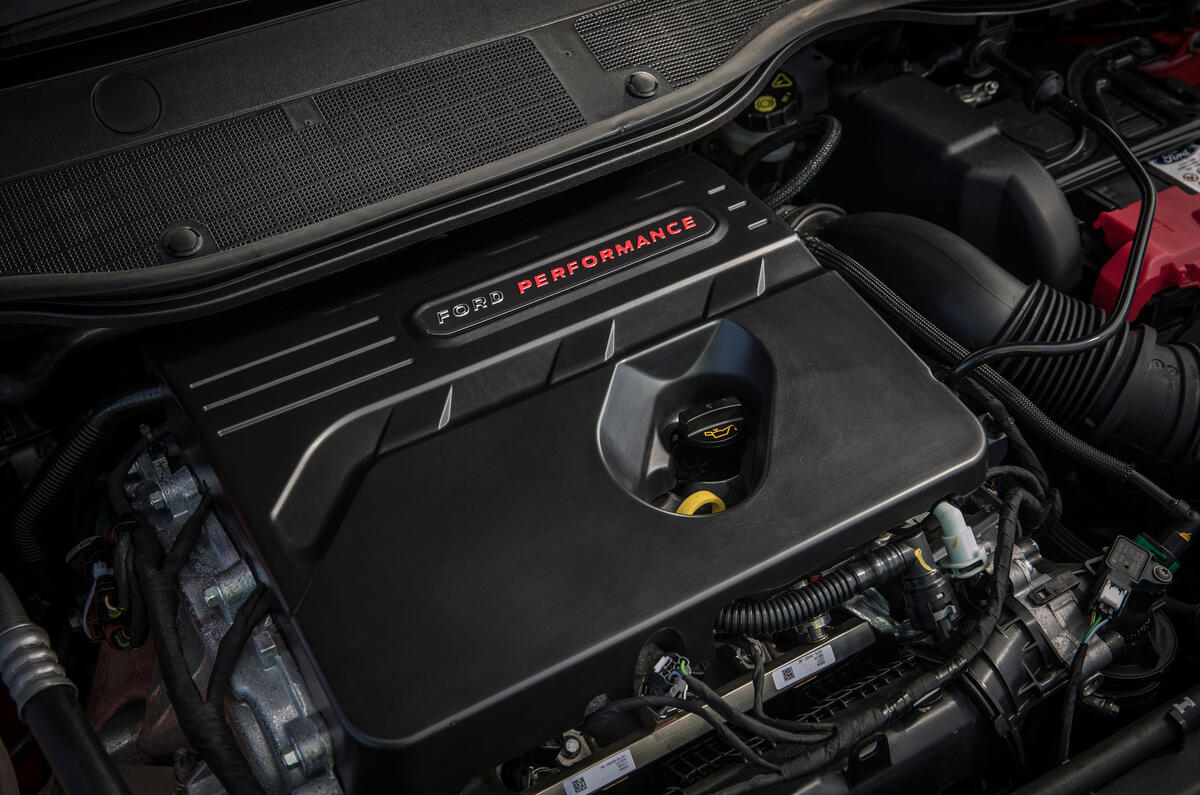
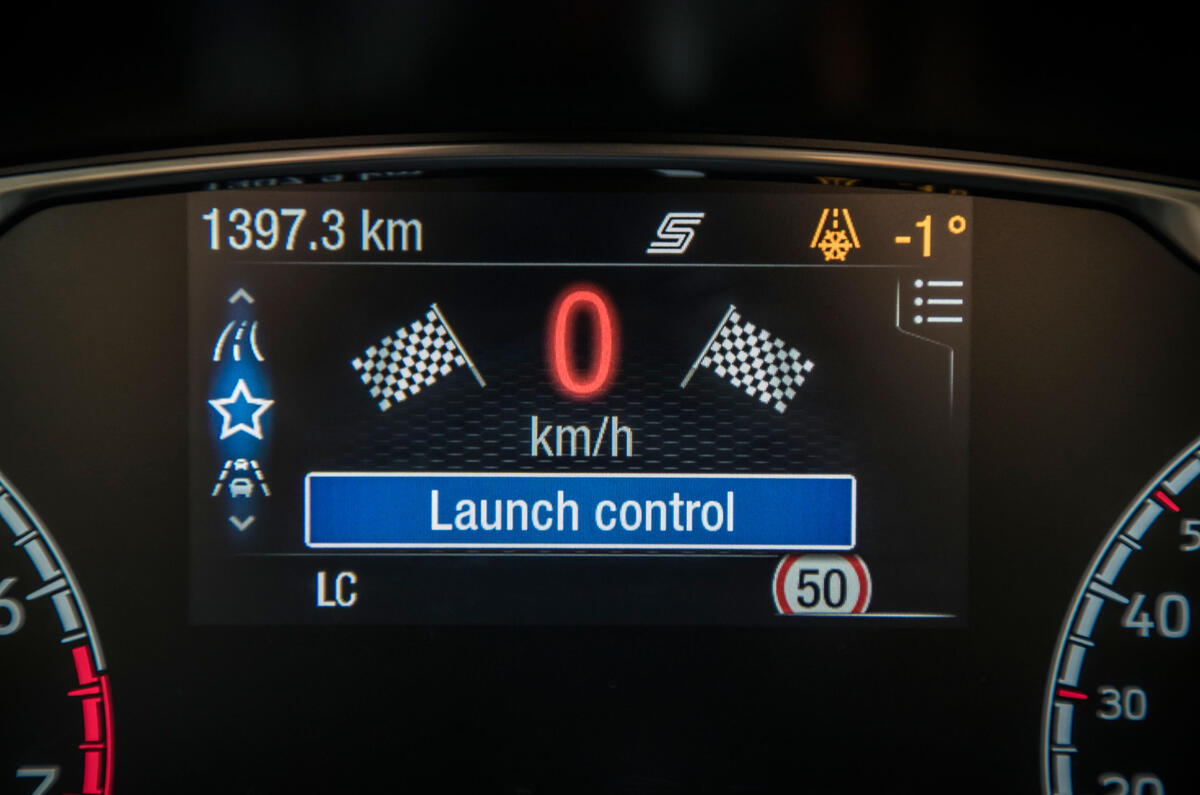
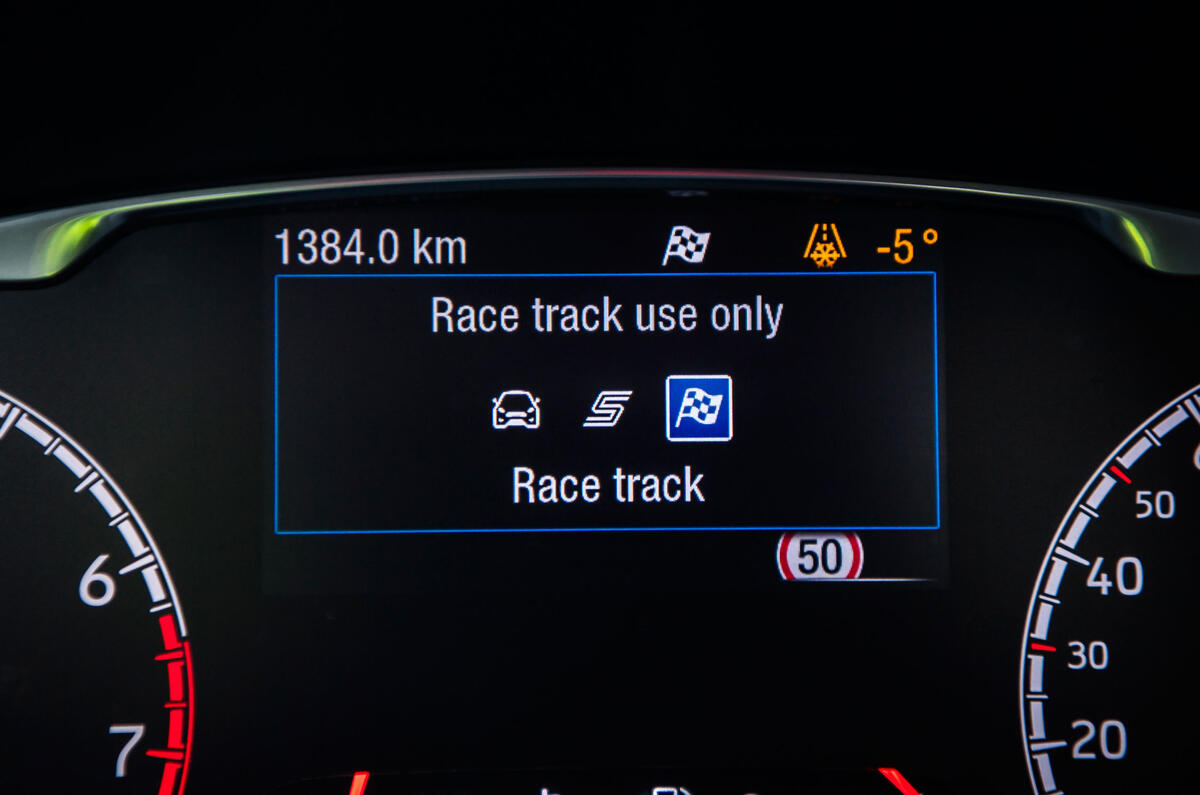

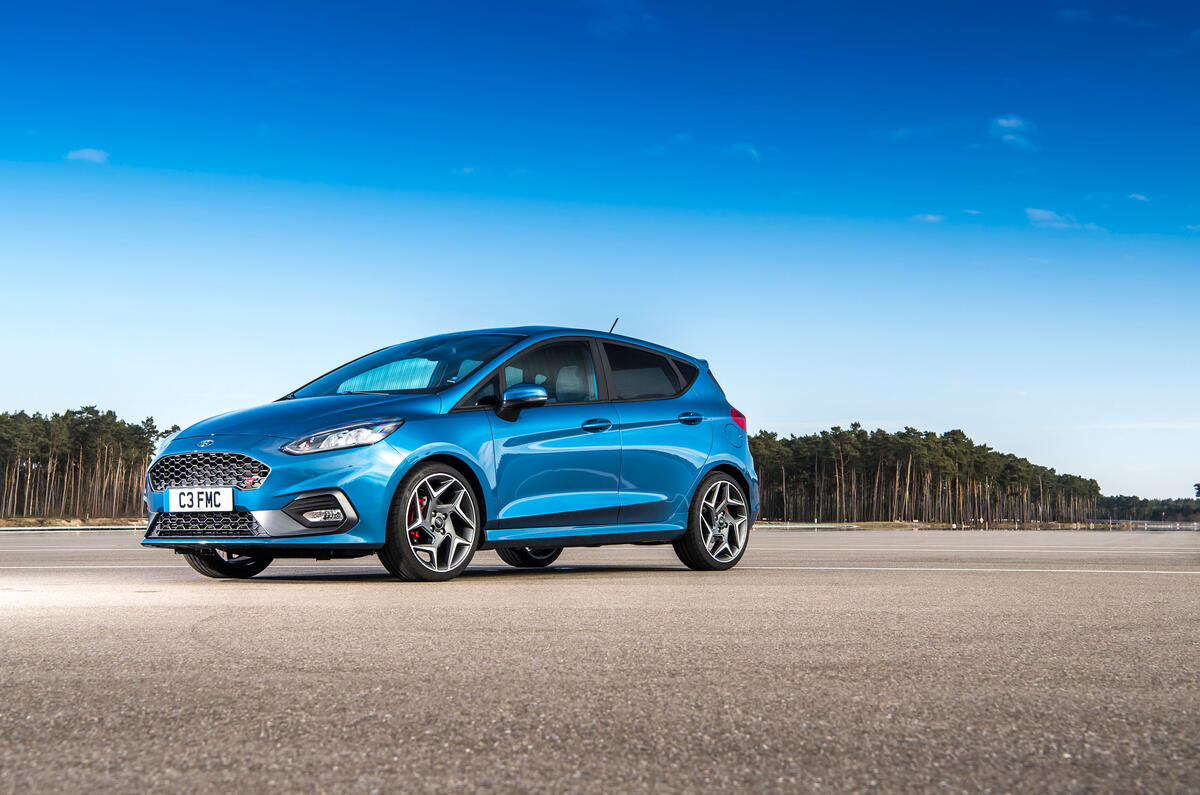
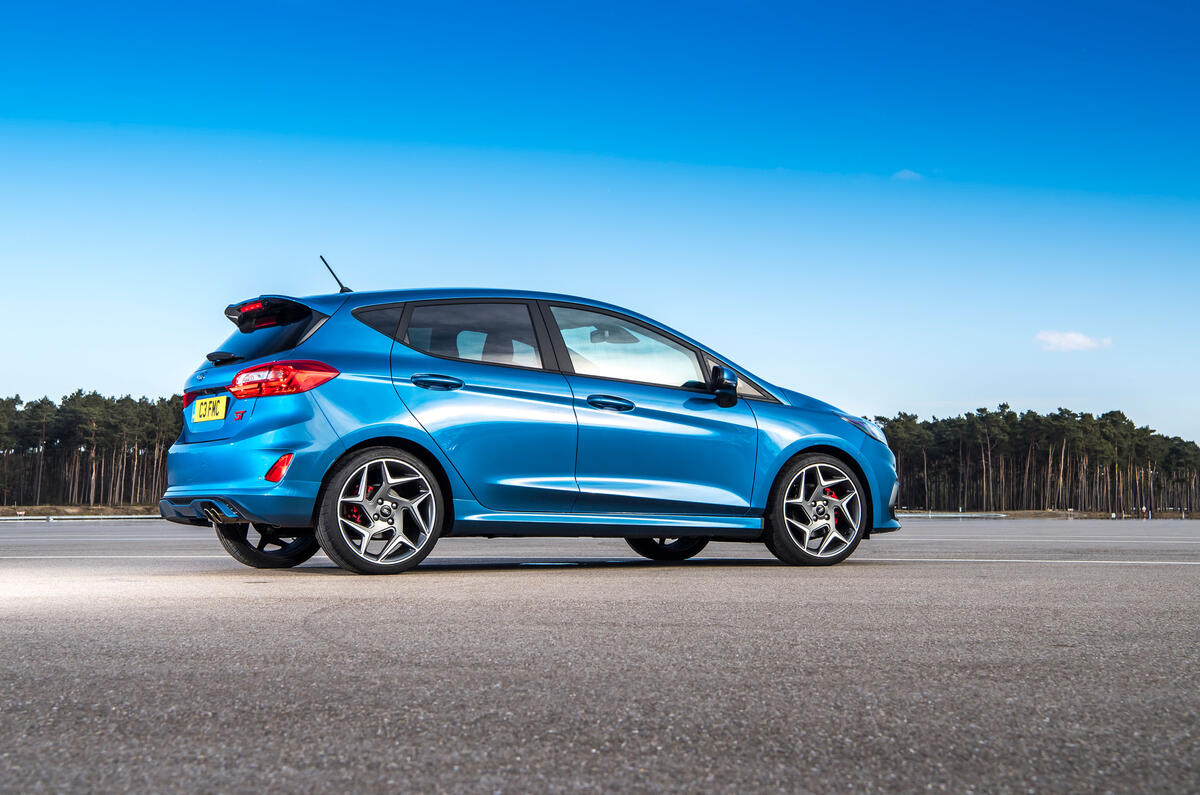
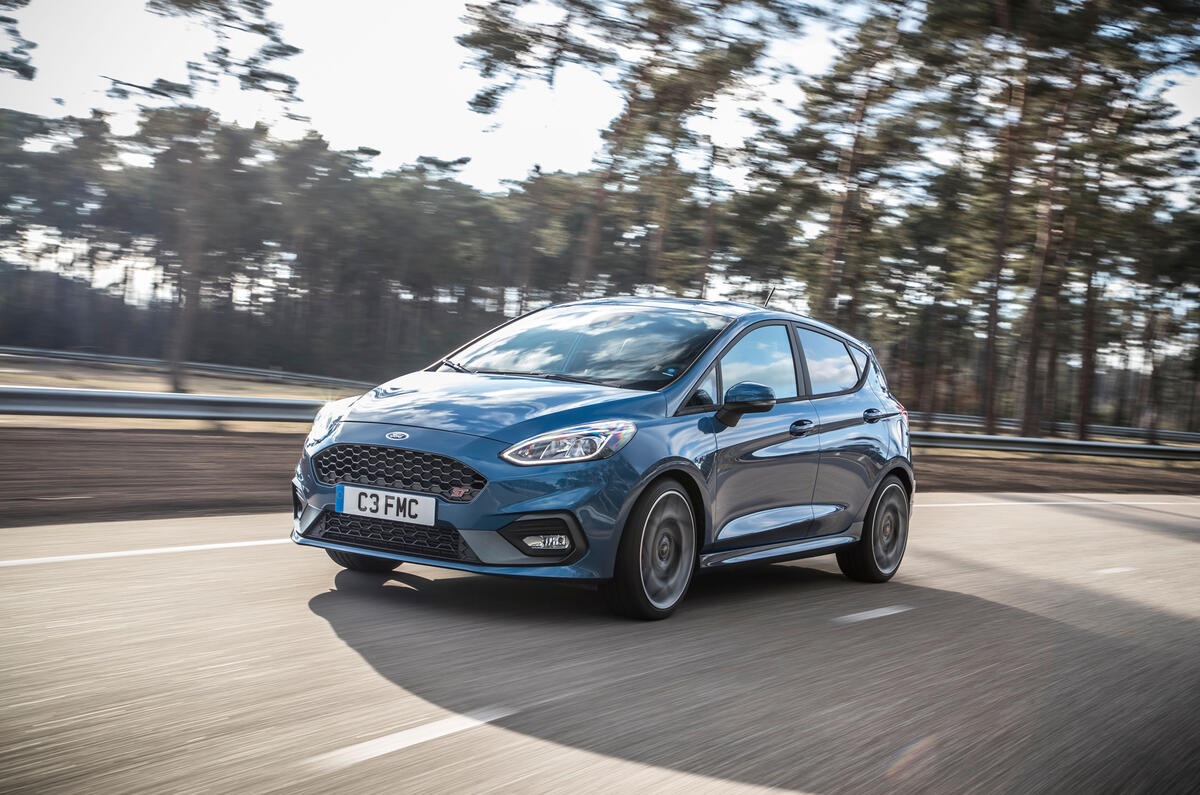
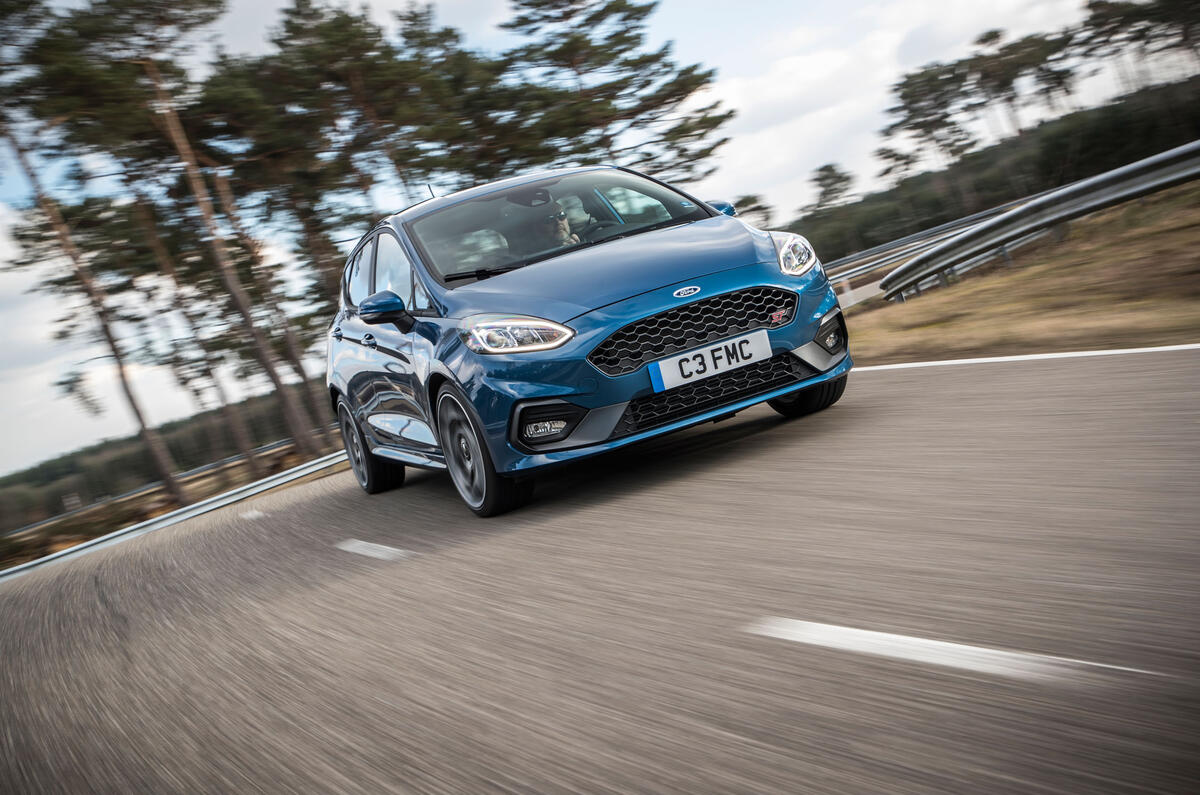
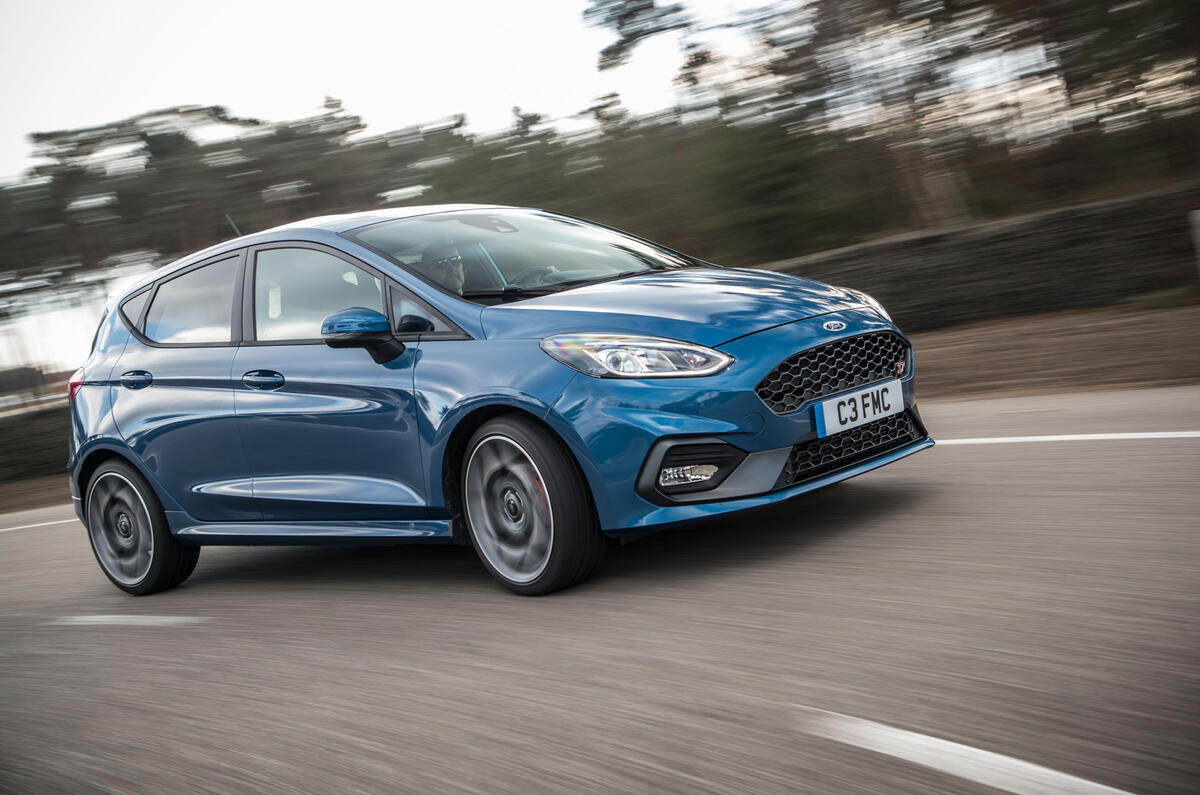
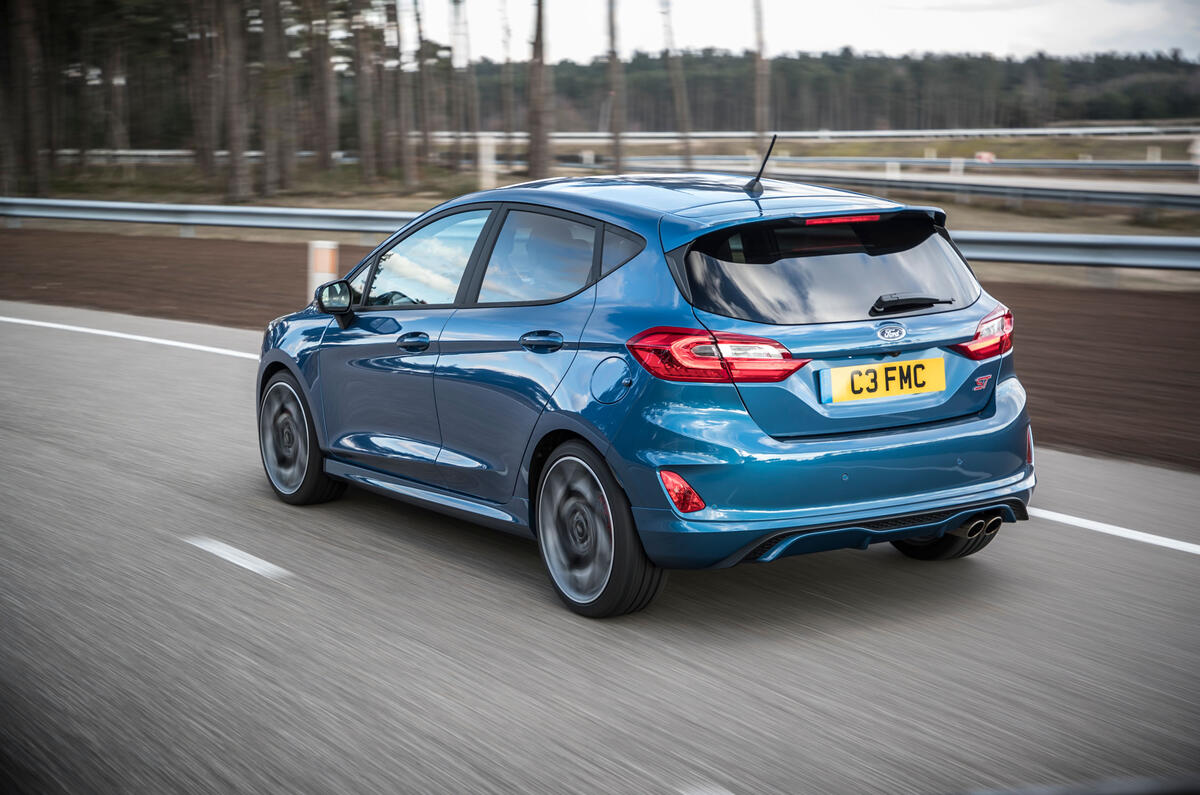
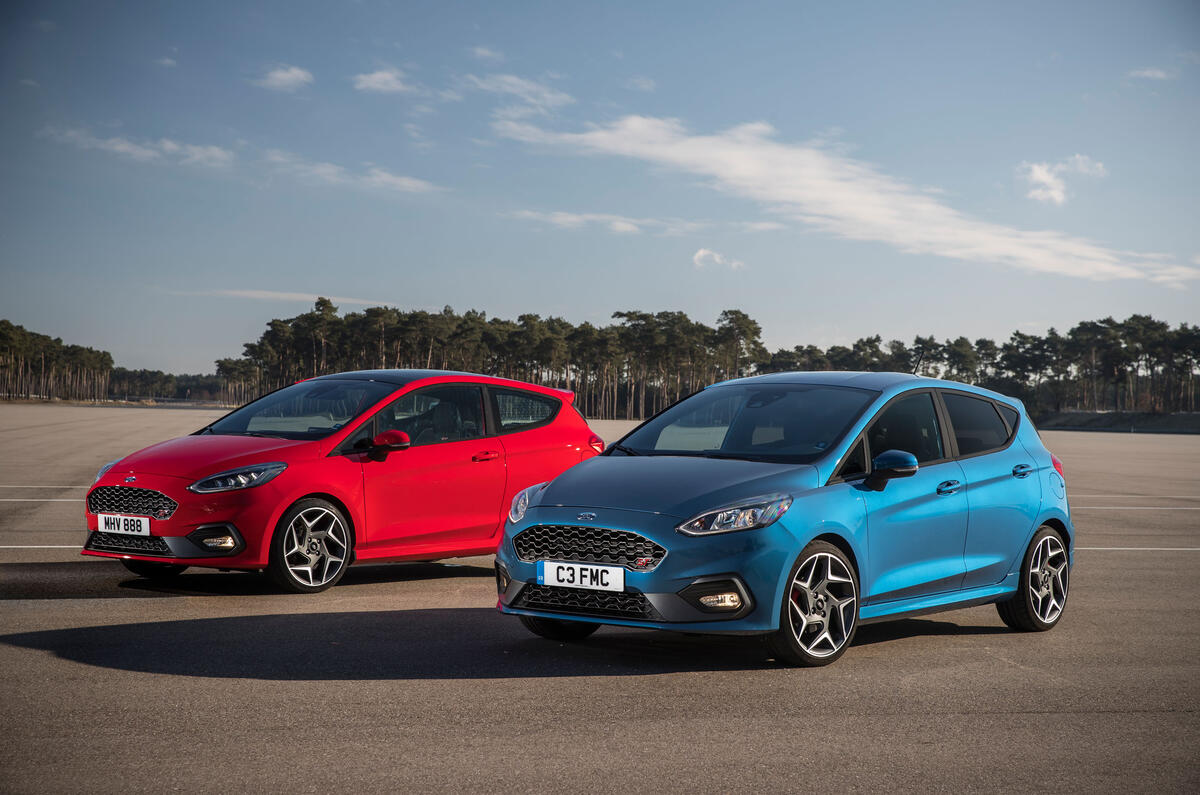
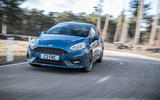

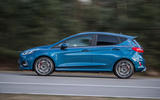


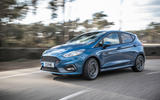
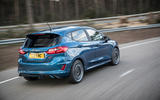

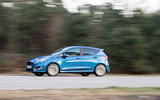
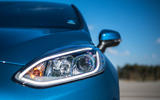
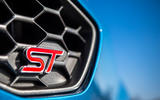
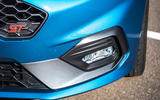

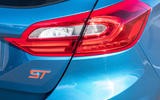

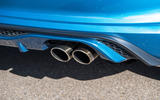
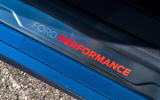


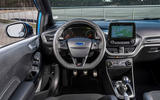

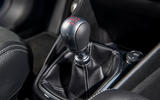

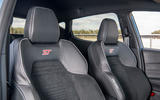
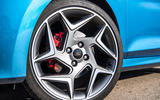



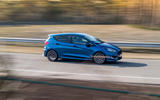




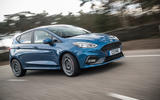








Join the debate
Add your comment
Ford is like an investor who
Ford is like an investor who buys late in the rally. Consumer buying habit driven by low gas prices. Now gas prices are rising so Ford will chase product line up favoring cheap gas.https://www.writemyessay24h.net/ writer.
The focus is probably going
The focus is probably going to get 3 cylinders too. As long as it still shifts and drives well I don't care.
Five doors at last
I'm not completely sold on the styling and the huge screen looks ridiculous, but it's good to see Ford finally offering a 5 door ST in the UK (from late 2016 onwards I think). My 2014 ST is a brilliant all rounder and I love it - but child seats in 3 door cars are a pain especially in tight spaces. If the 5 door had been available when I was buing, it would have been a no brainer - and I'm sure I'm not the only one.